5930015962813
Price Quote Get an up to date pricing and availability quote for this product. Order online or over the phone.
Quality Commitment
Serving our customers with quality and safety first.
- AS9120 Certified
- Audited supply chain
- ITAR Registered
- DDTC Registered
- HAZMAT Certified
- Customer service objectives
- Every product 100% inspected

5930-01-596-2813 Specification Set by the OEM (see RNCC code 3)
hole mounted
watertight
19.4 mm
33.0 mm
10.3 mm
33.0 mm
3.1 mm
10.3 mm
1
round, flush
2.5 mm
2.8 mm
250.0 dc
hermetically sealed
panel
1 pole, double throw, one position momentary single switch unit
30.0 grams
200.0 grams
sealed snap action switch D2Vw
1.0 overtravel mm
0.4 amperes resistive dc
operating speed is 0.1mm to 1 mls; operating frequency is 300 operations a minute (mechanical) and 30 operations per minute (electrical) ; ambient operating tem is -40 to 85 degrees celcius with no icing; ambient operating humidity is 95% max (for 5 degrees c to 35 degrees celcius) ; terminals use AWG20 4l approved lead wires; three terminals are soldered on right side of switch; 1st terminal is 2.5mm from top; second terminal lead is 5.3mm below 1st terminal lead; third terminal lead is 5.2m below second terminal lead; length to include terminal wires is 4.4mm
3 quick disconnect, male
Cross Reference Parts Part numbers that meet the specification outlined on this page and set by the OEM
Identification Item Identification Guide (IIG) and Item Name Code (INC)
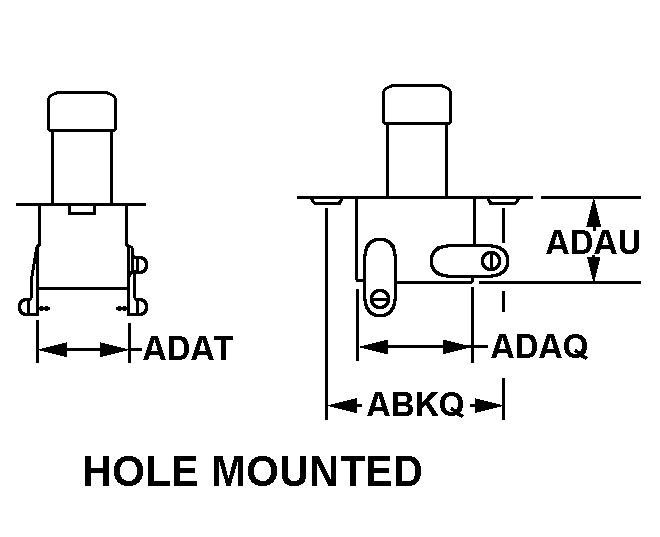
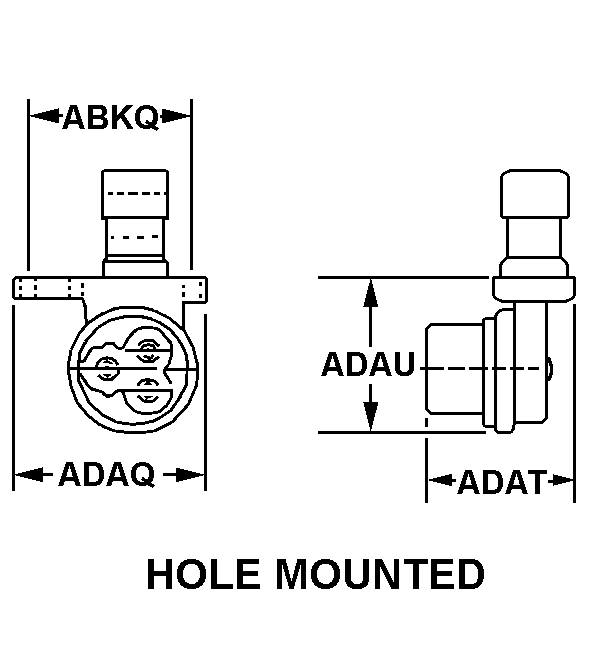
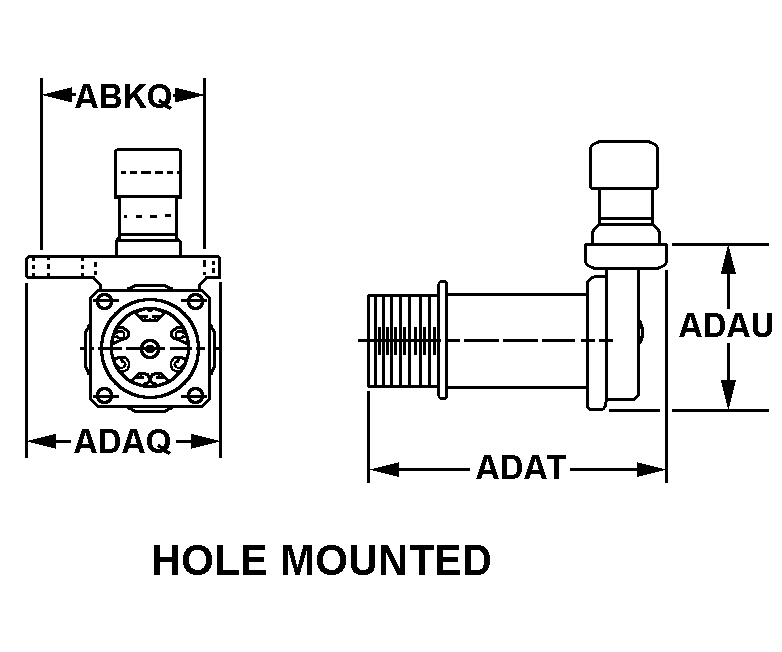
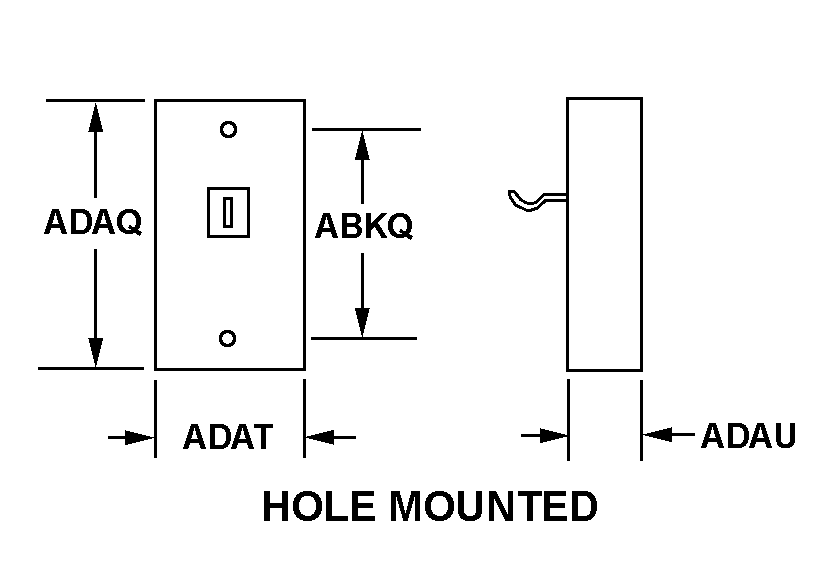
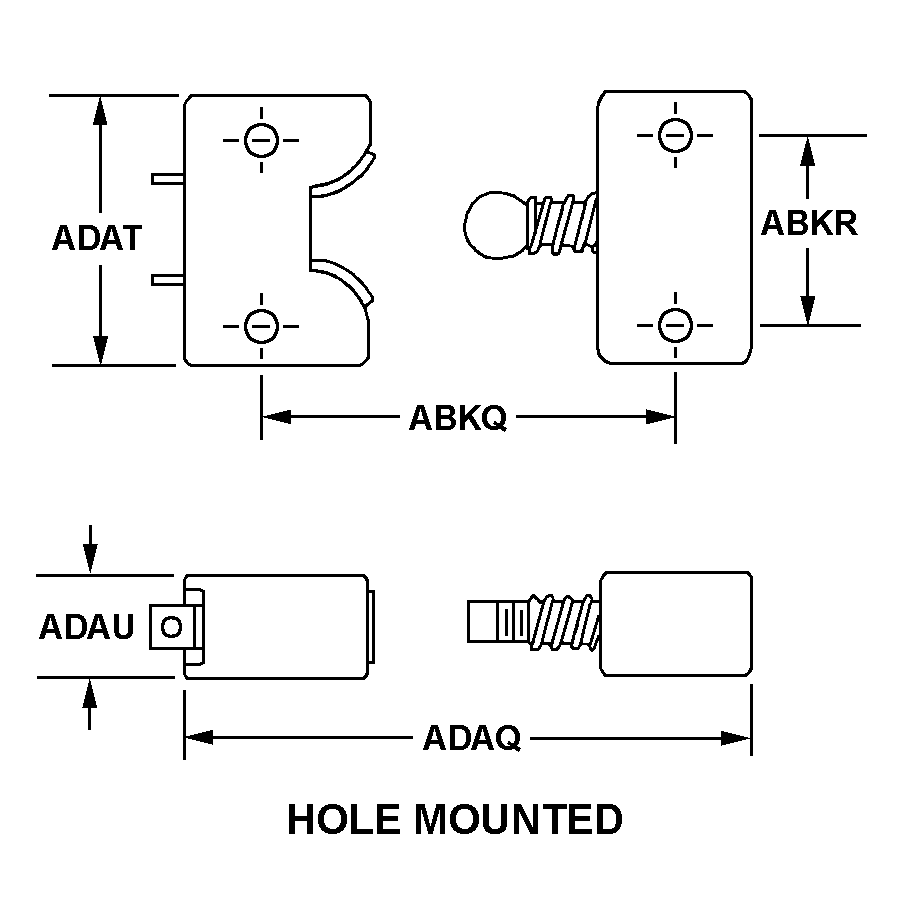
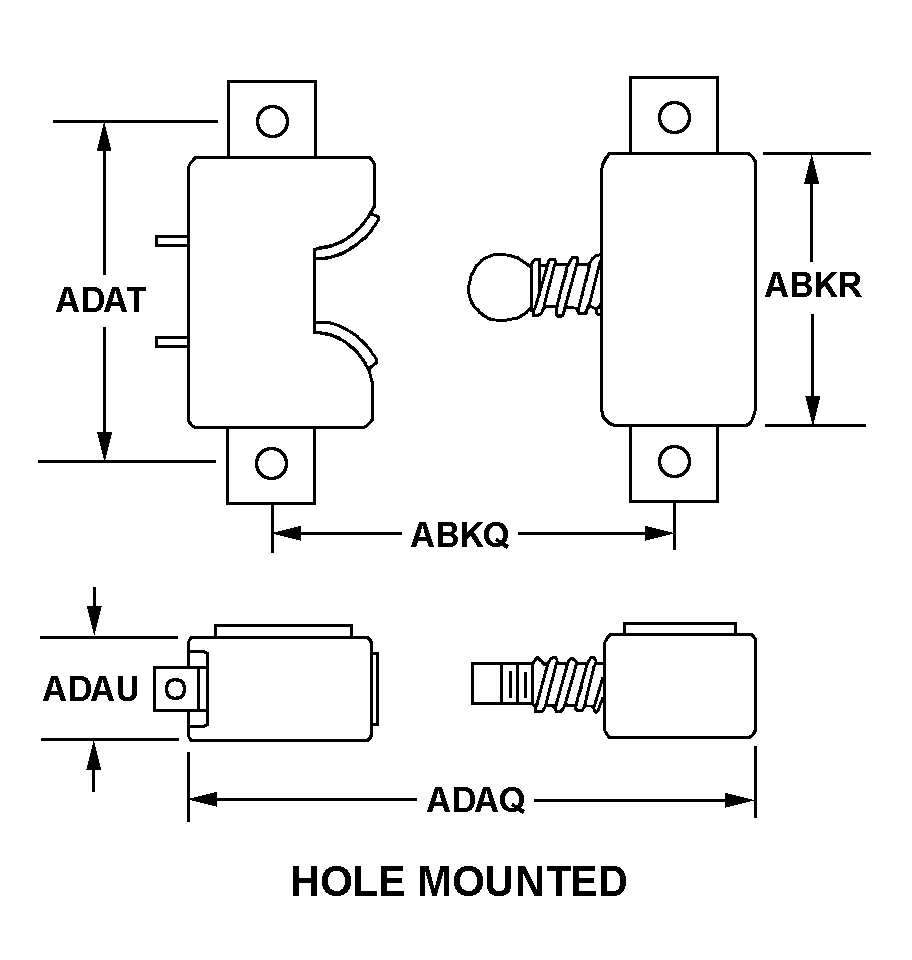
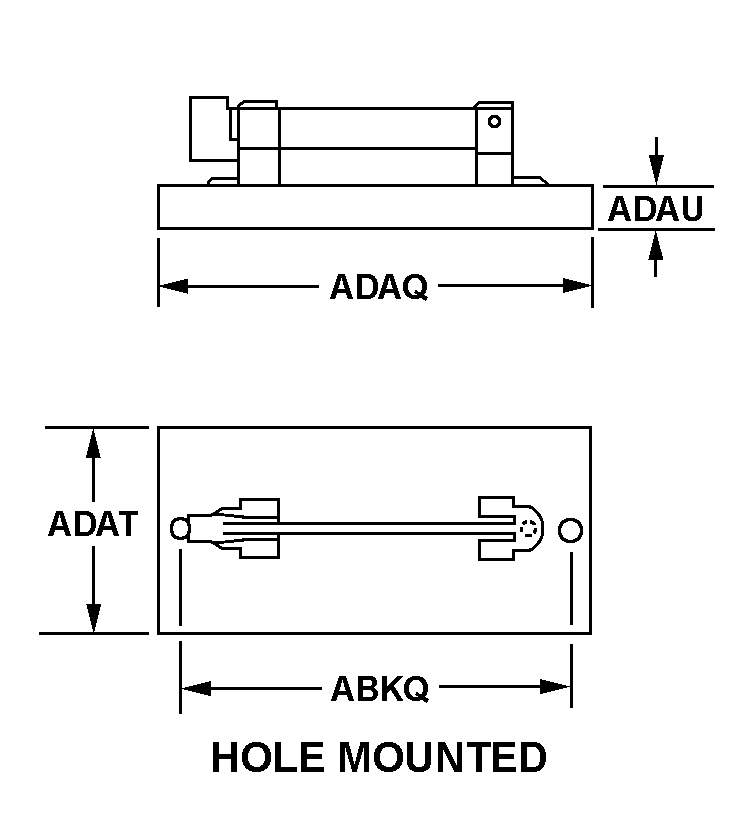
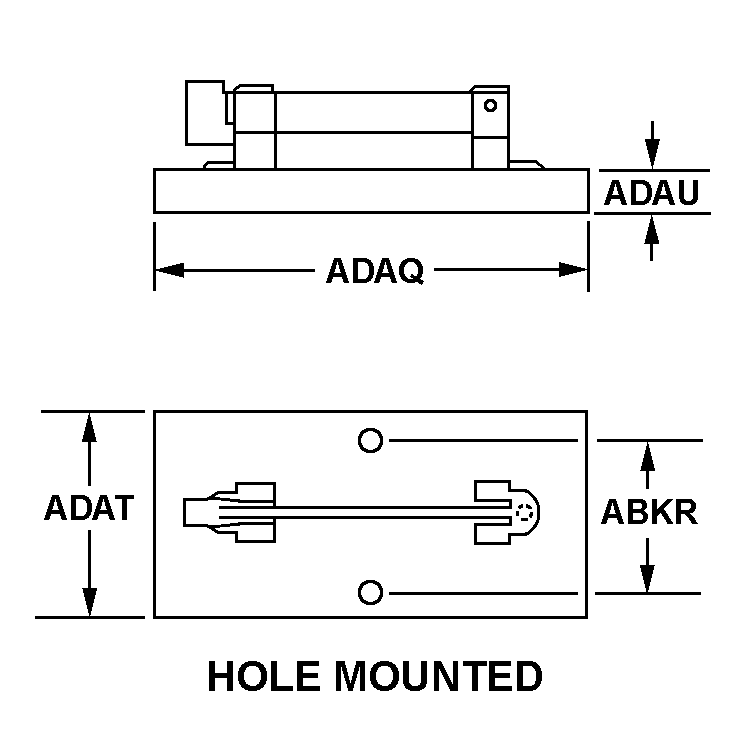
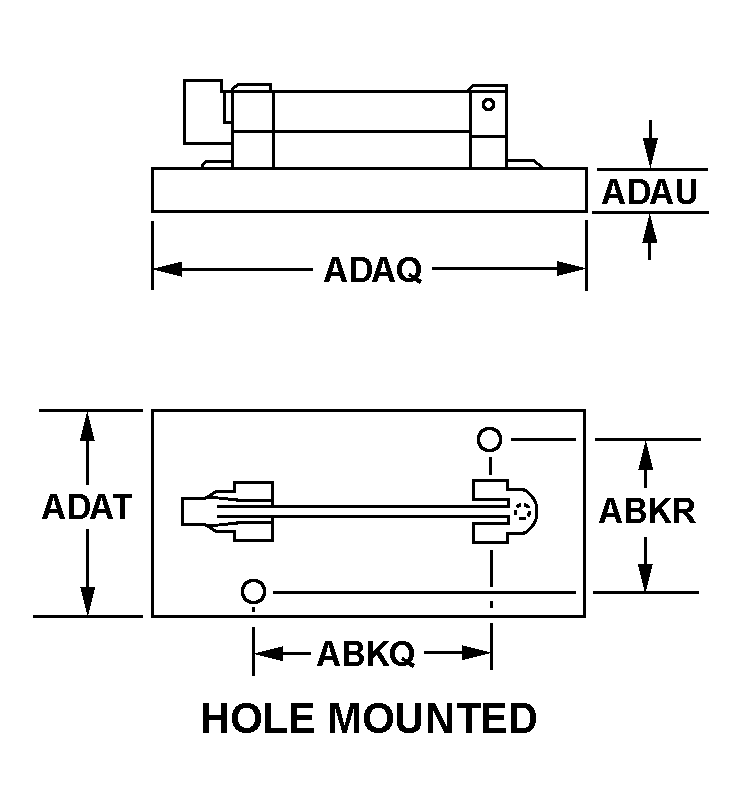

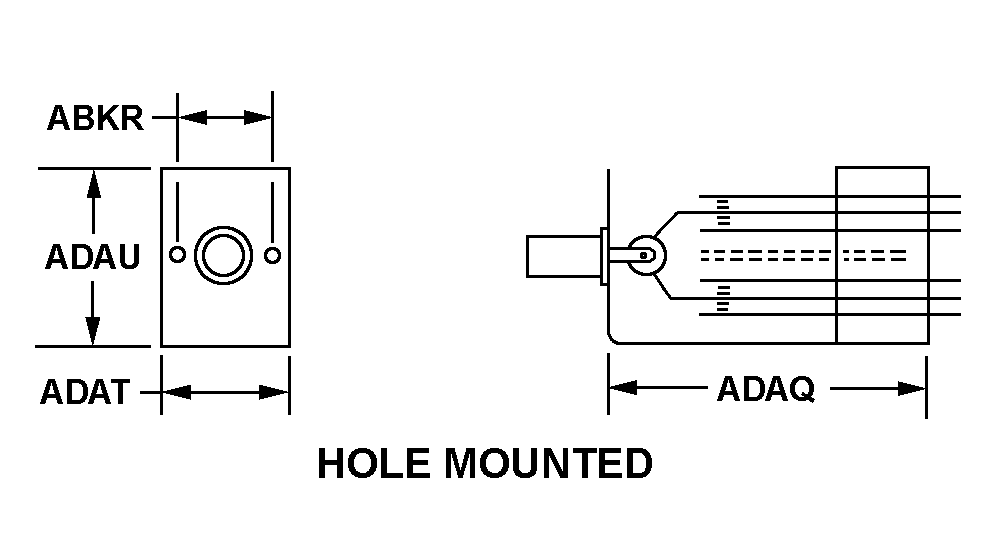
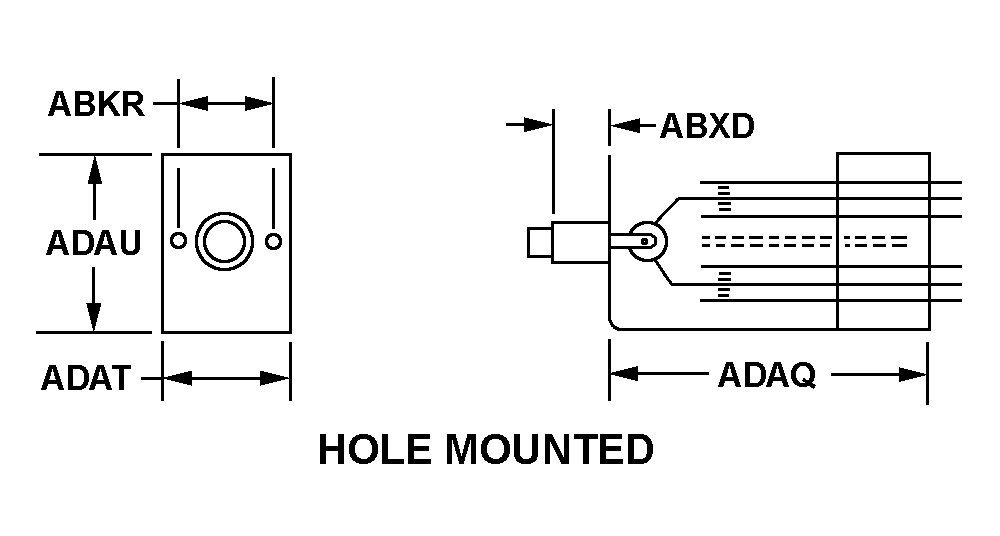
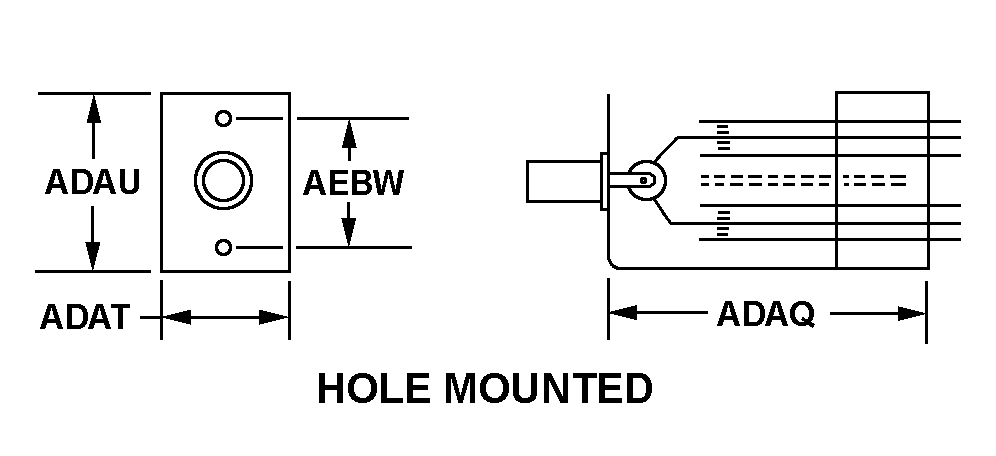
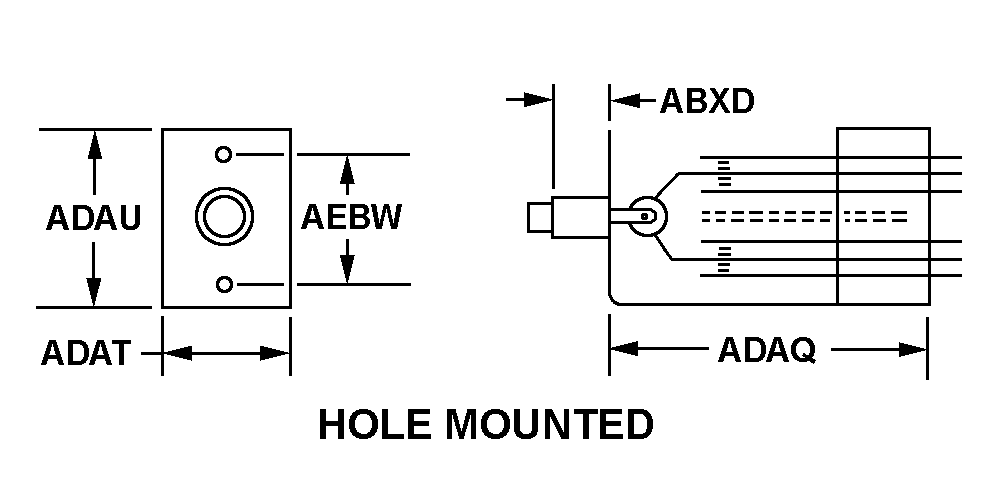
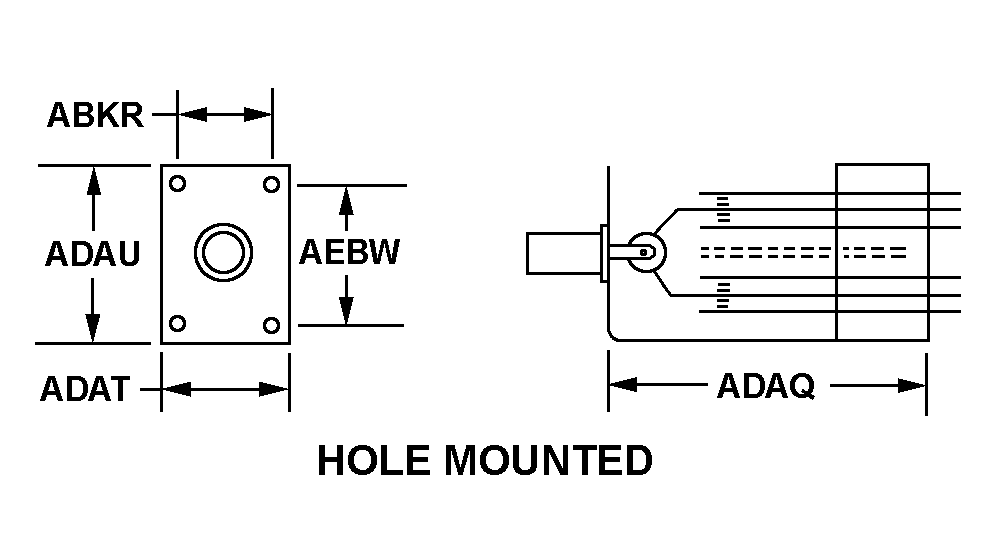
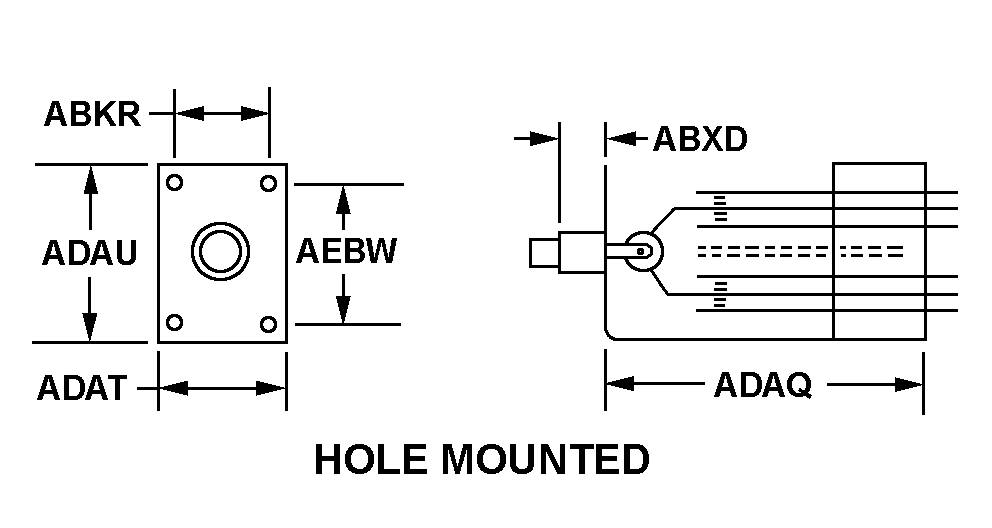
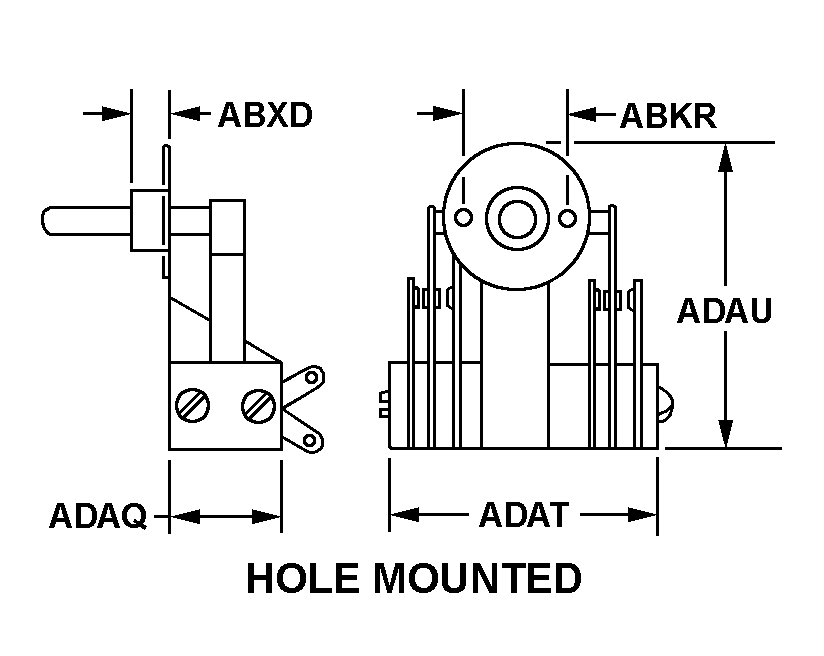
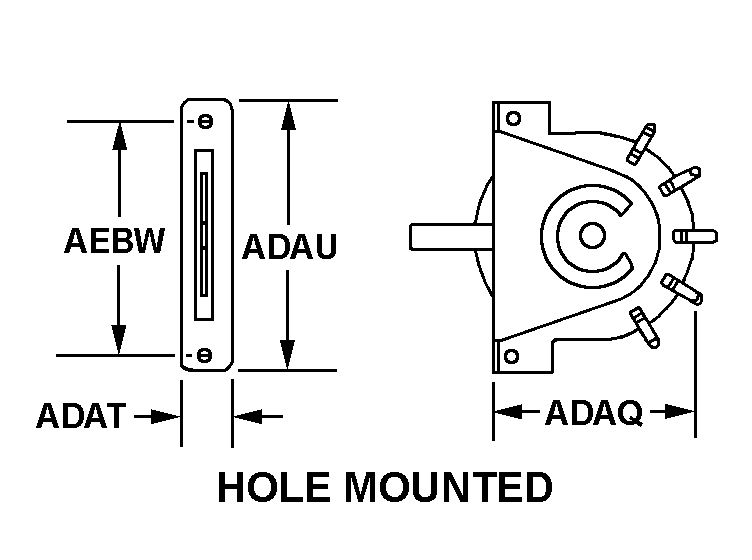
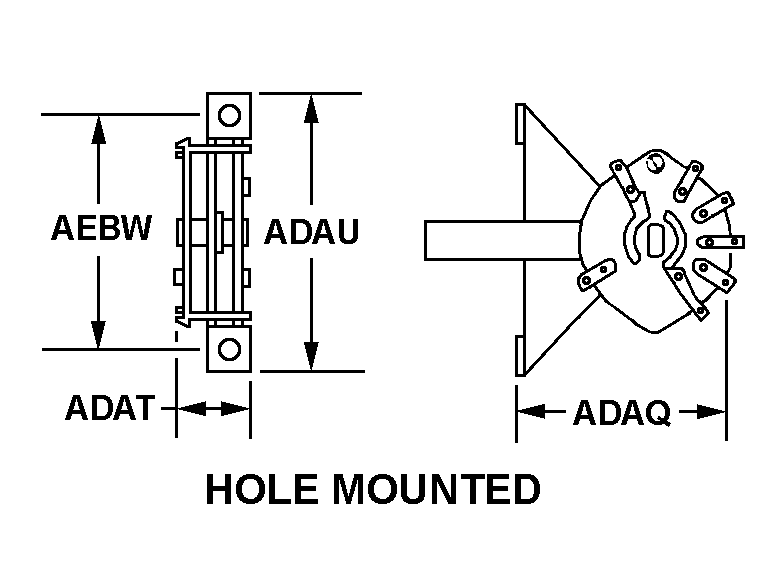
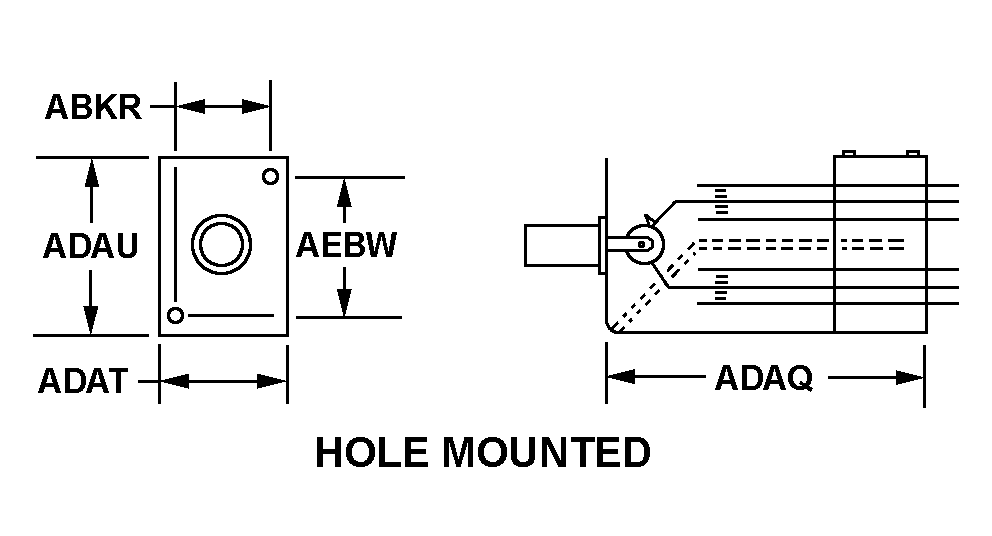
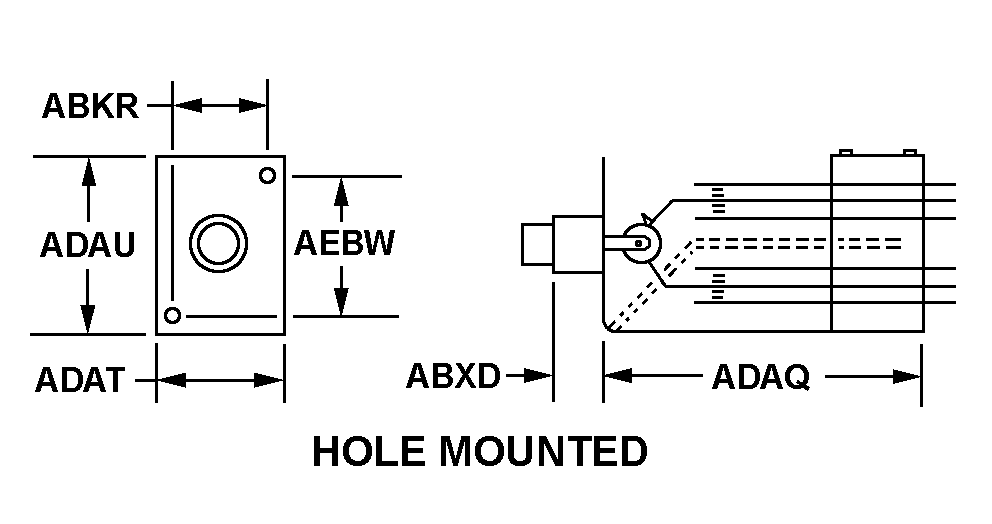
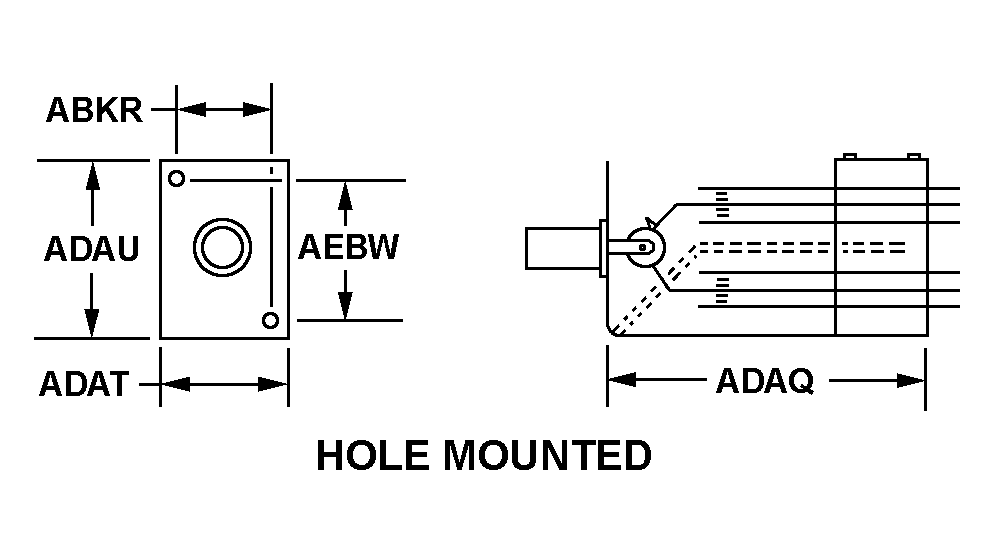
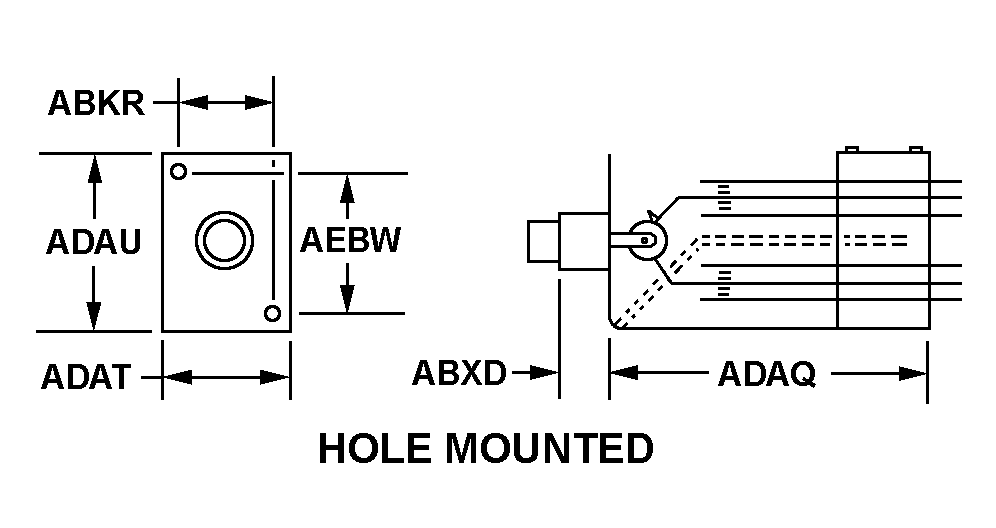
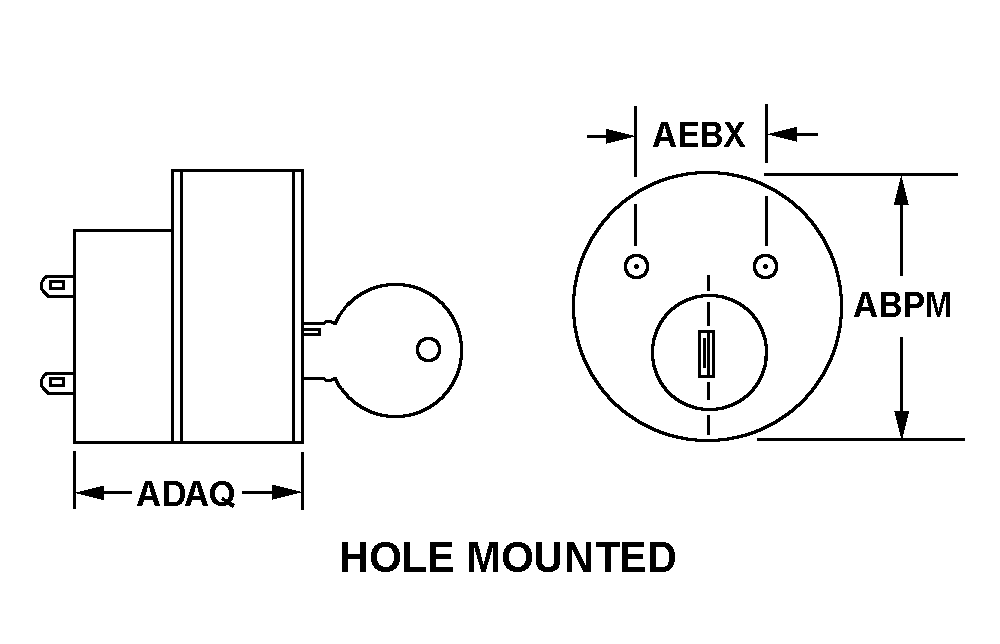
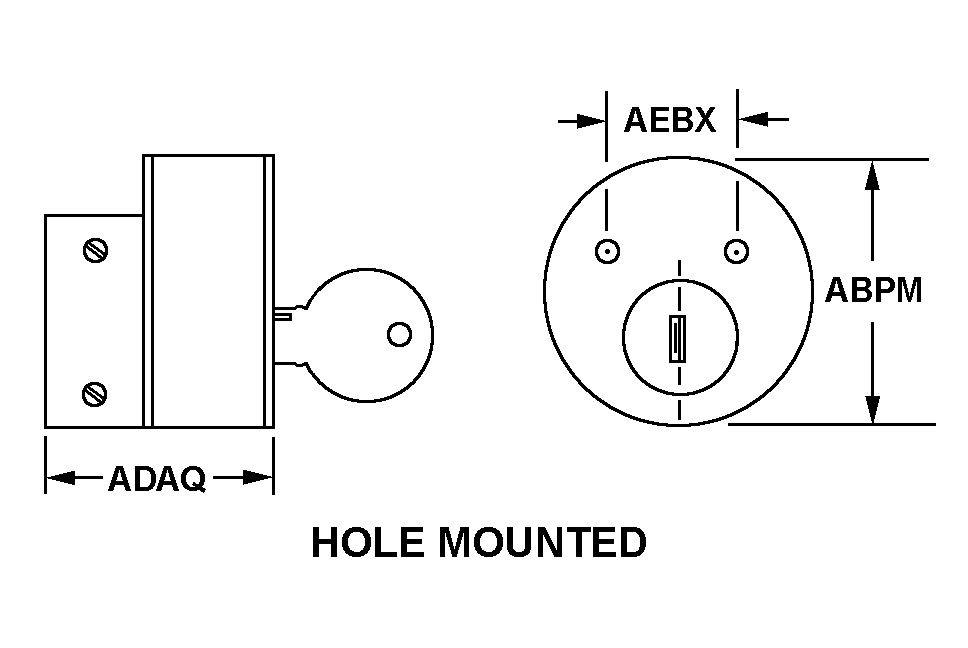
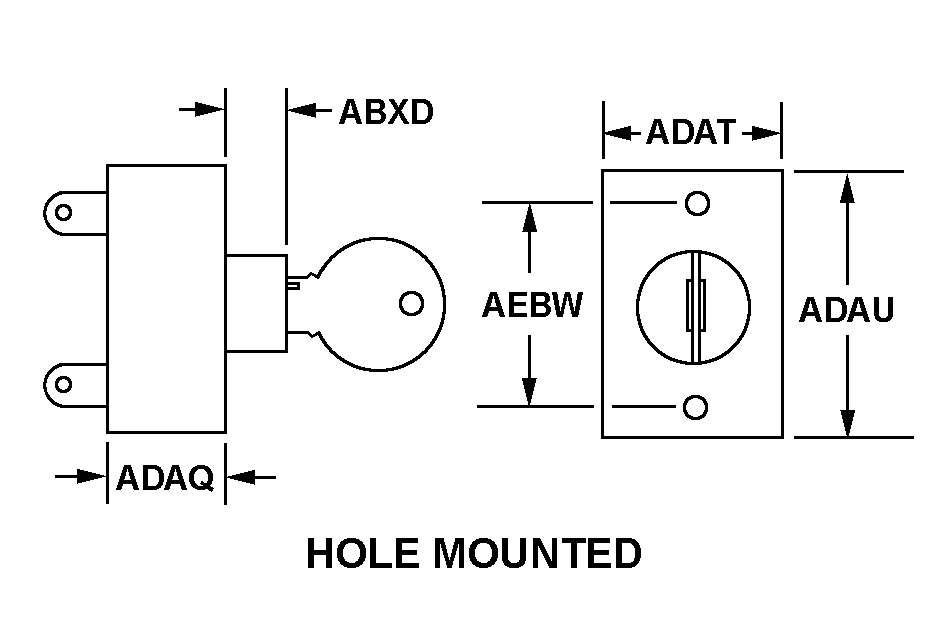
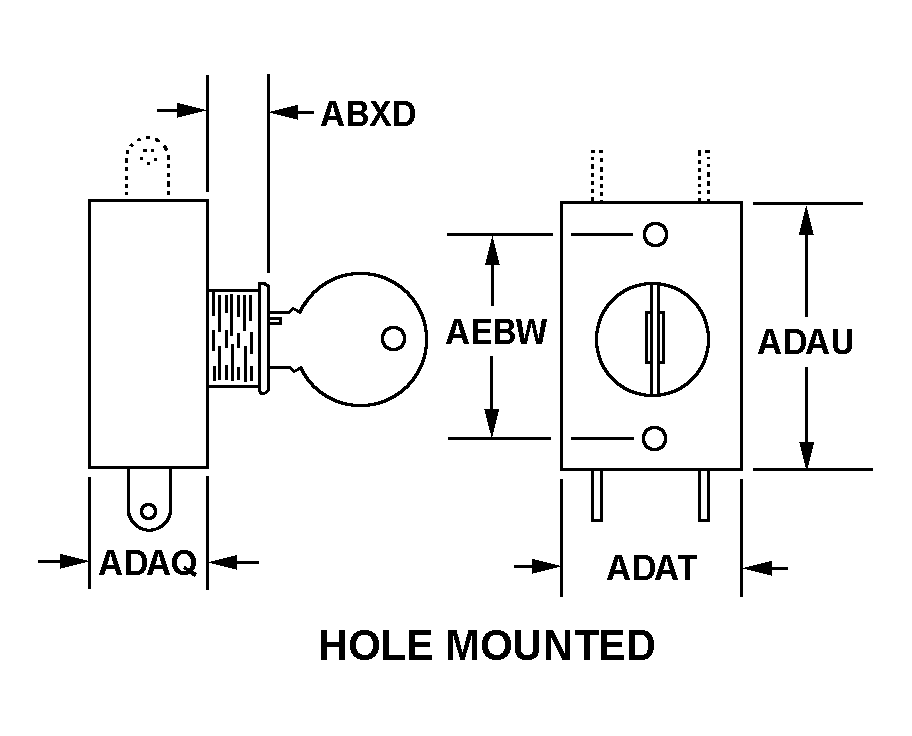
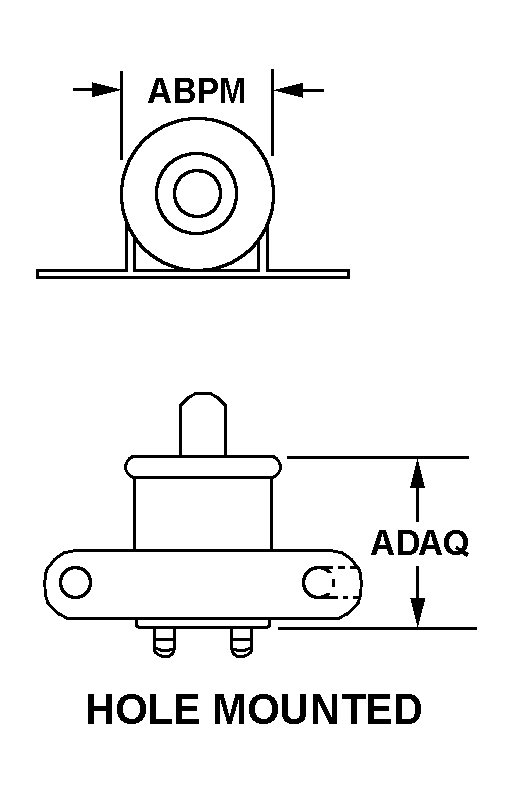
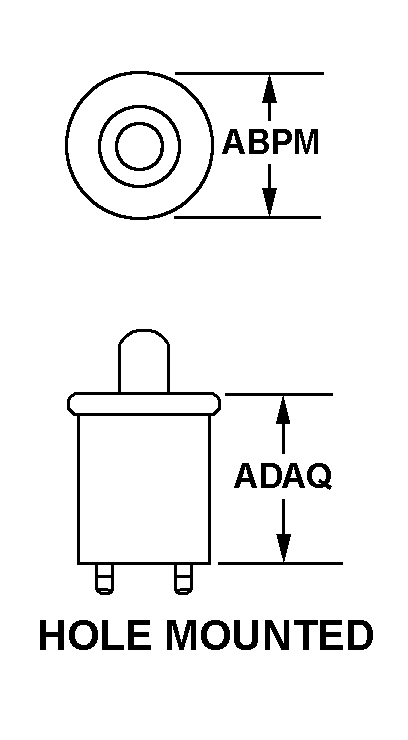
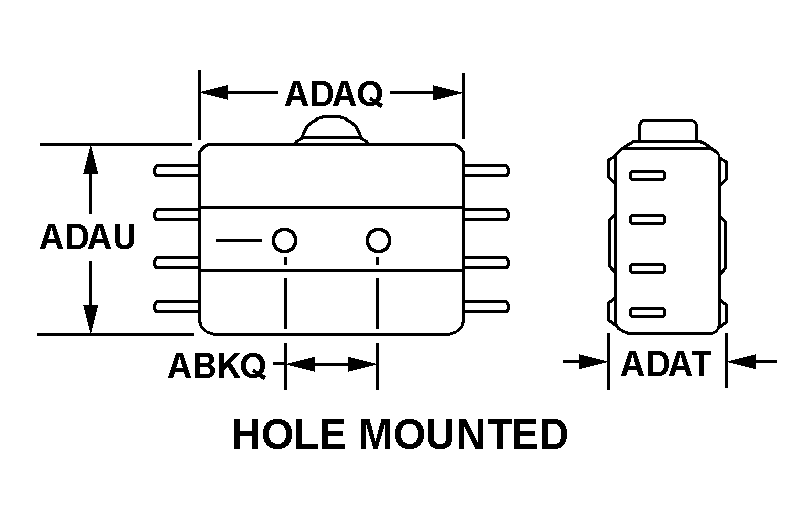
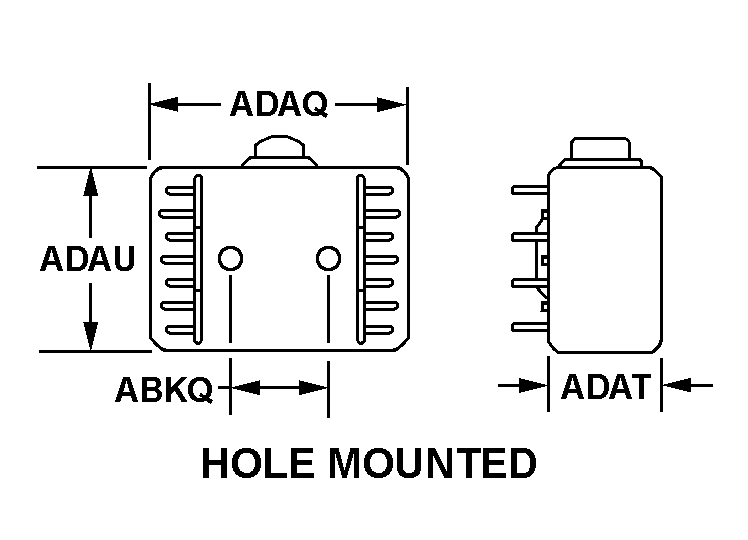
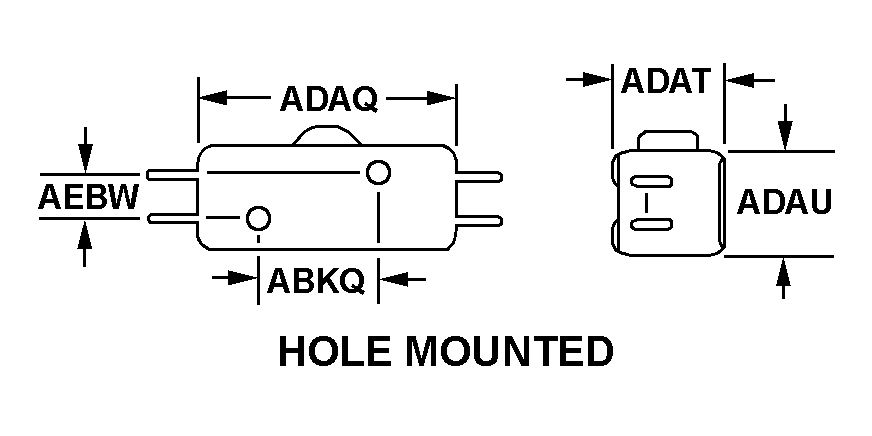
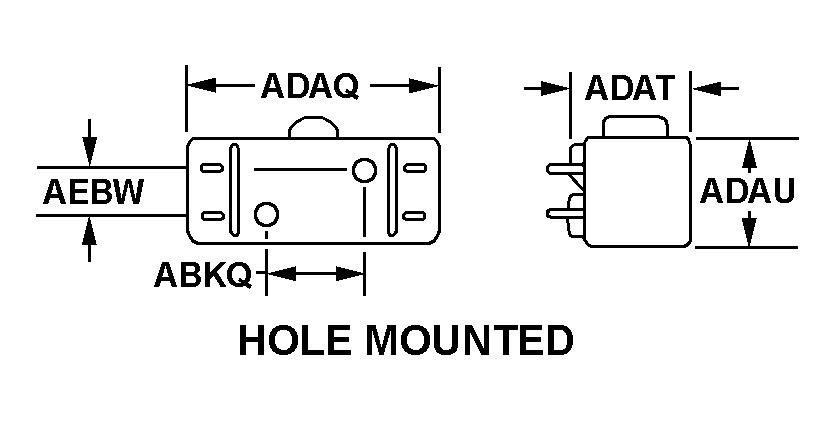
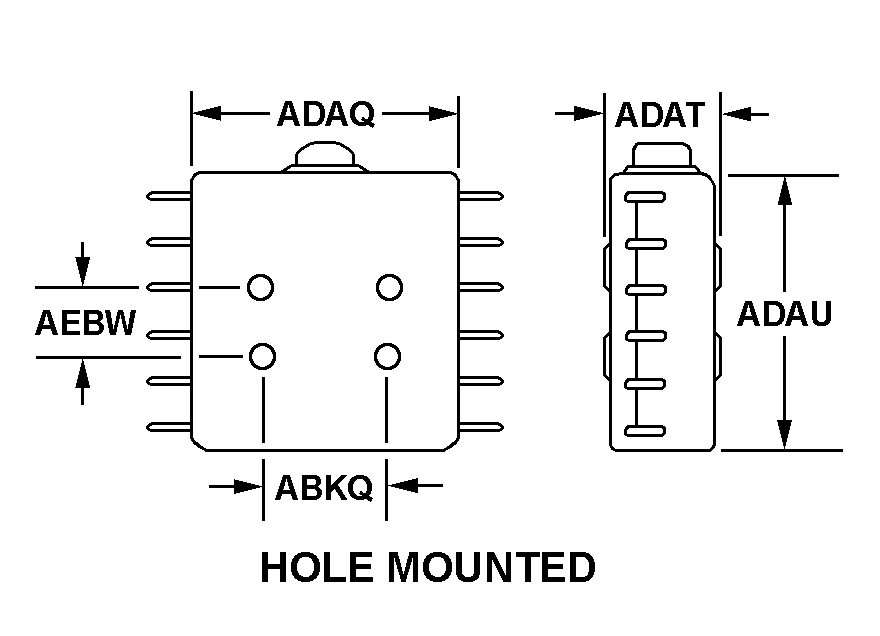
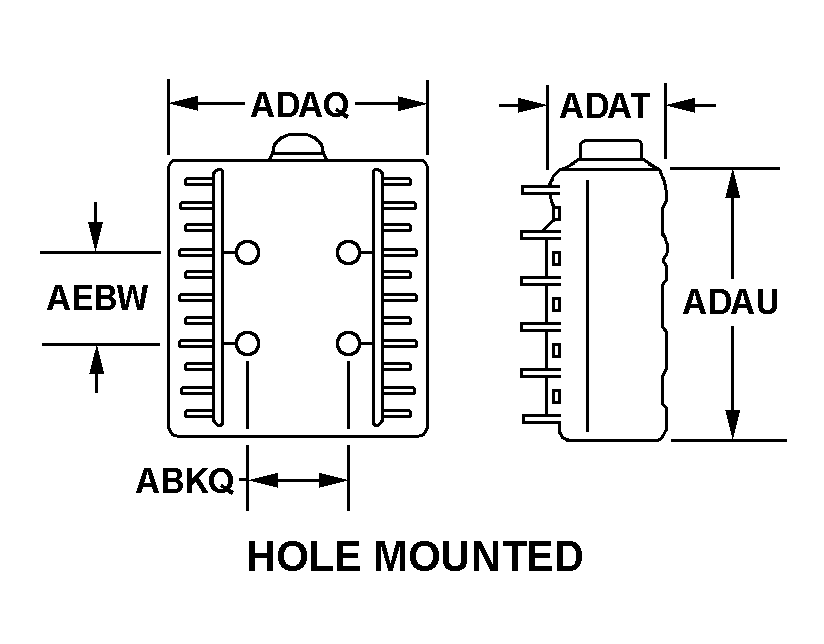
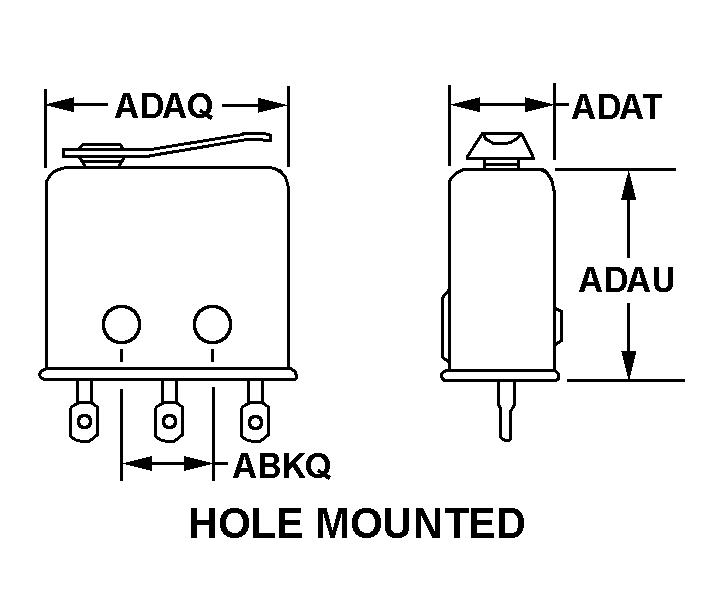


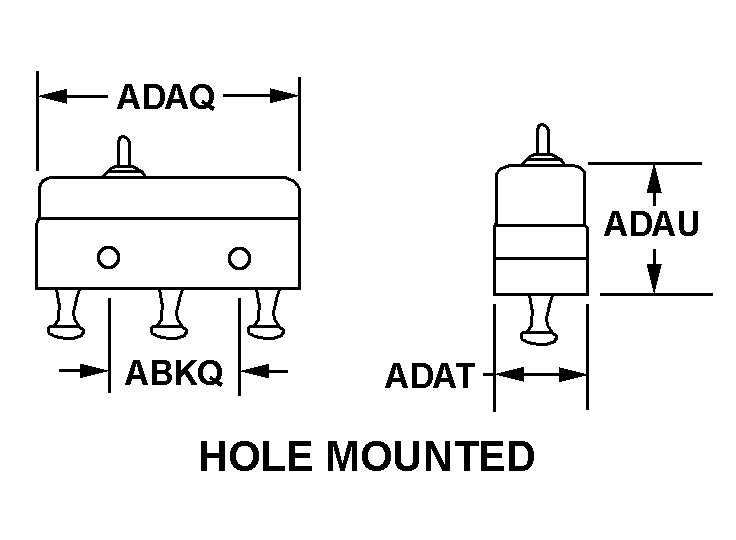
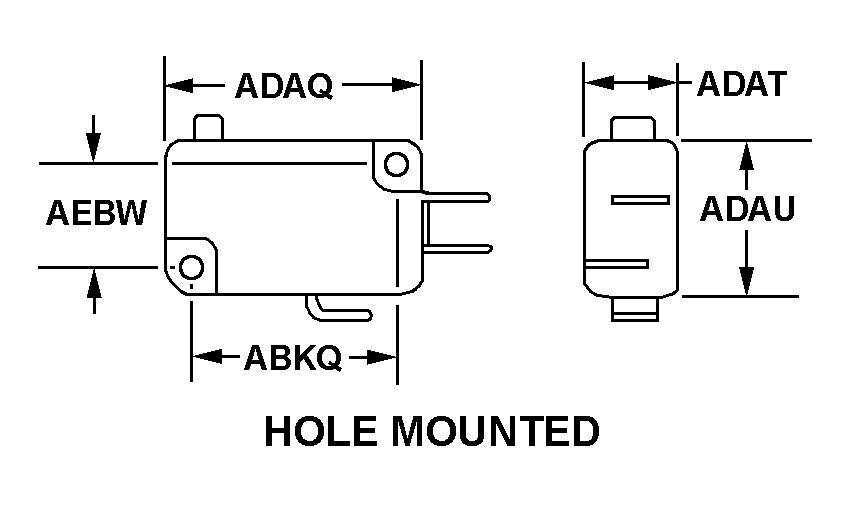
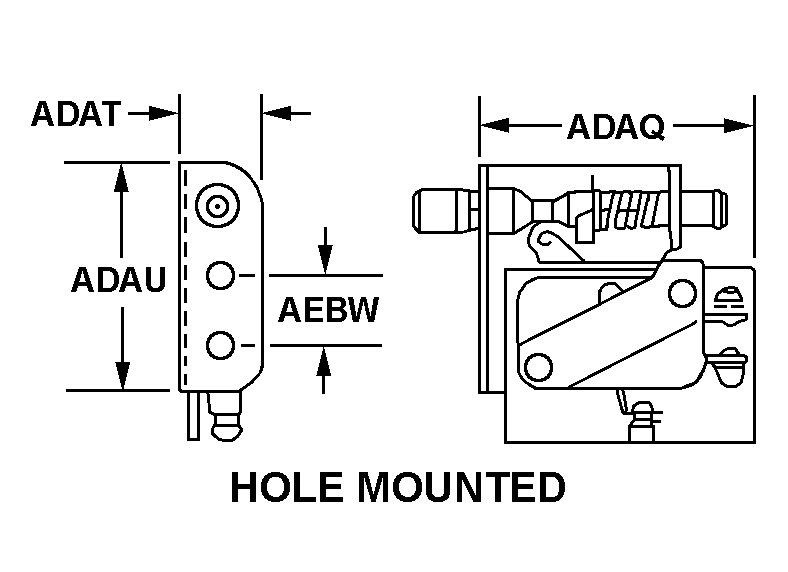
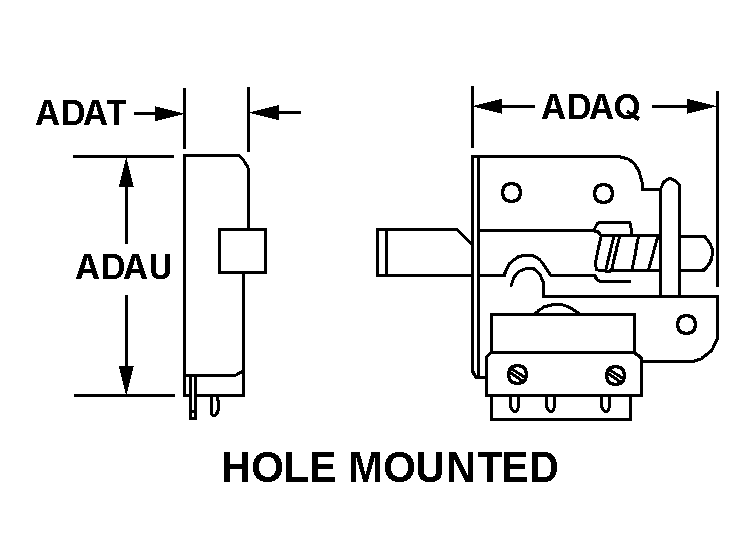
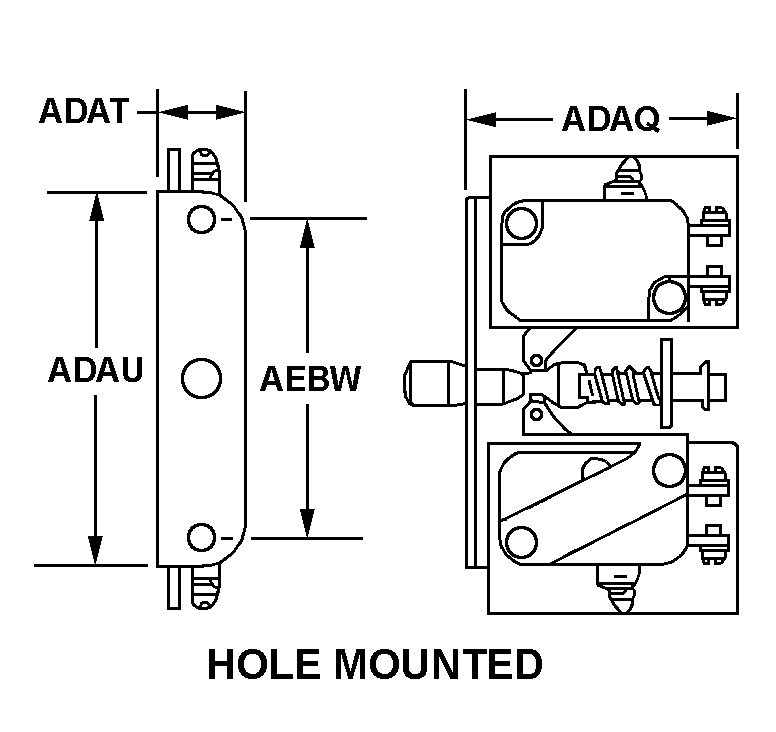
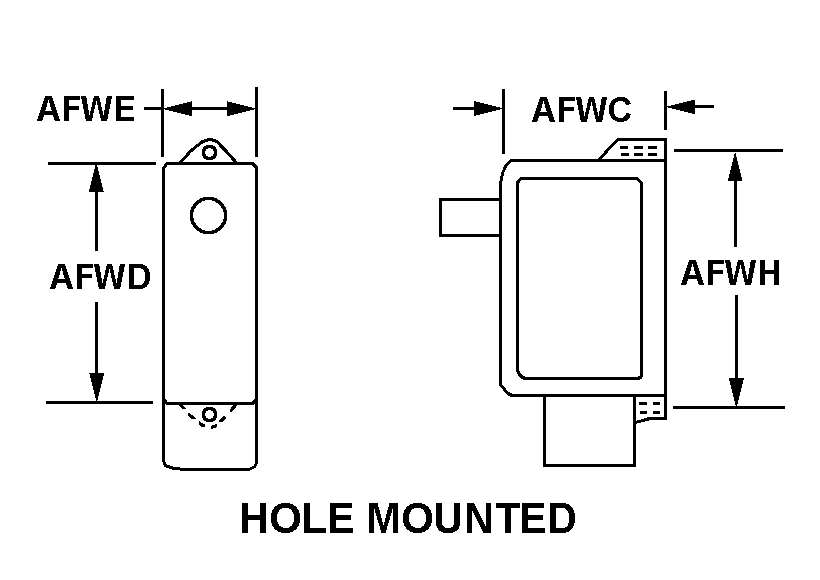
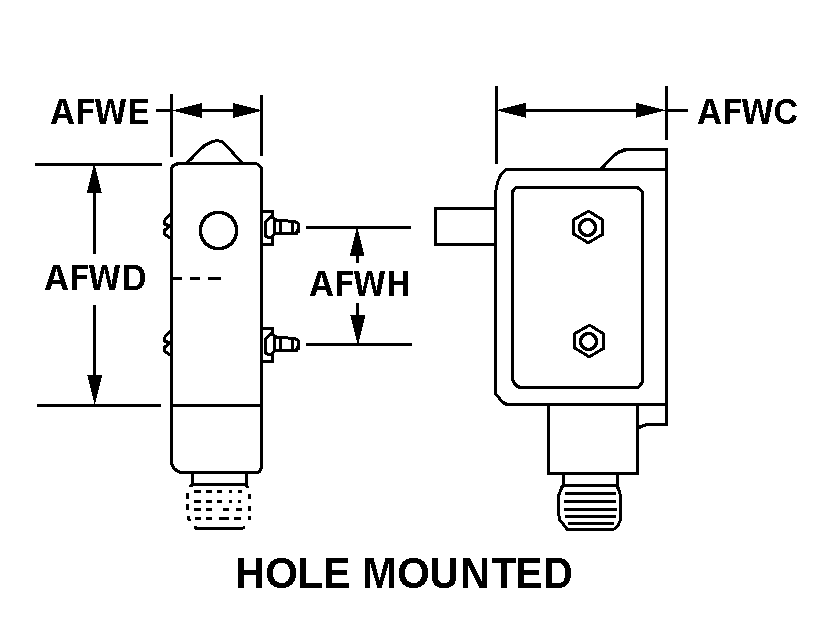
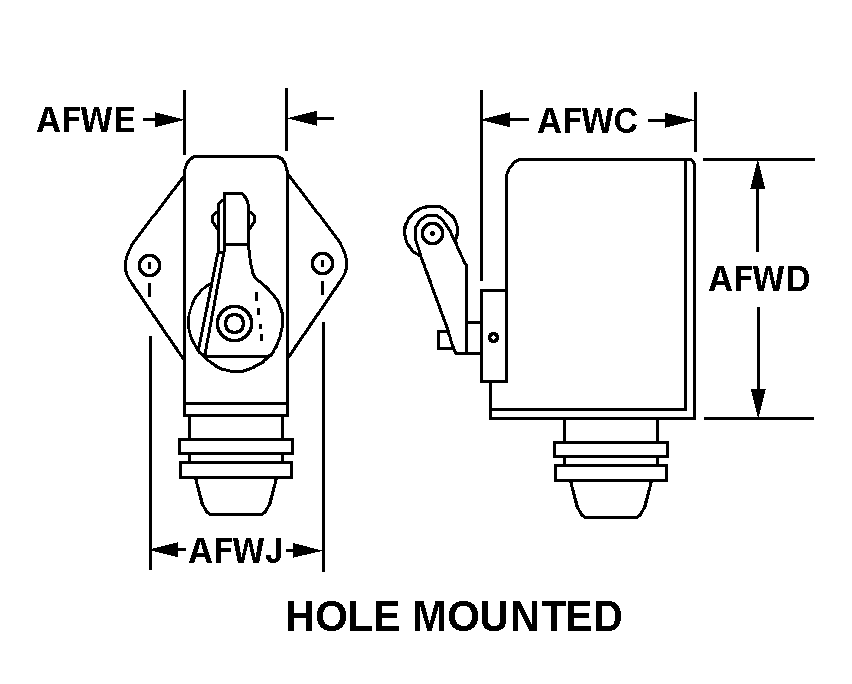
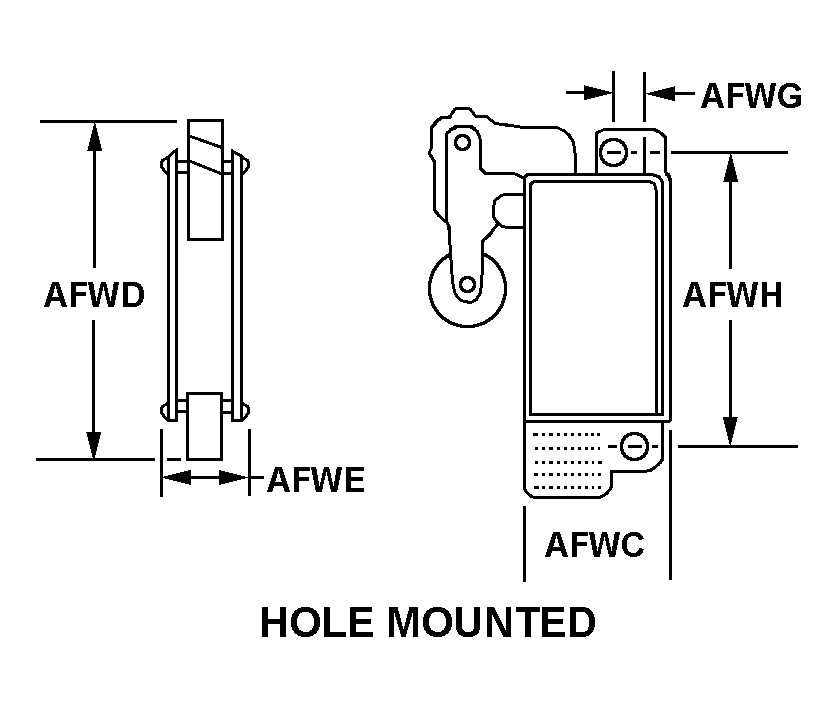
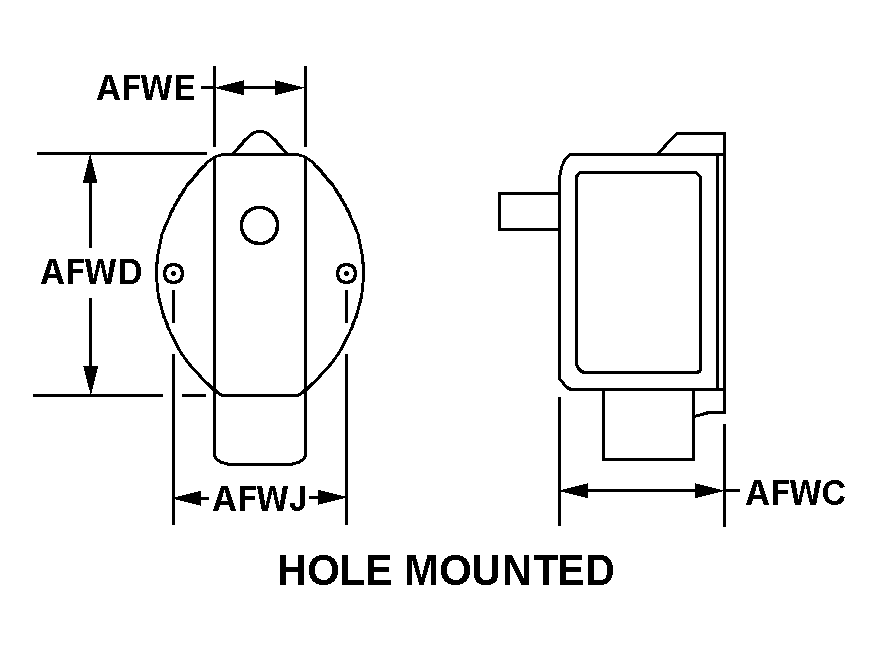
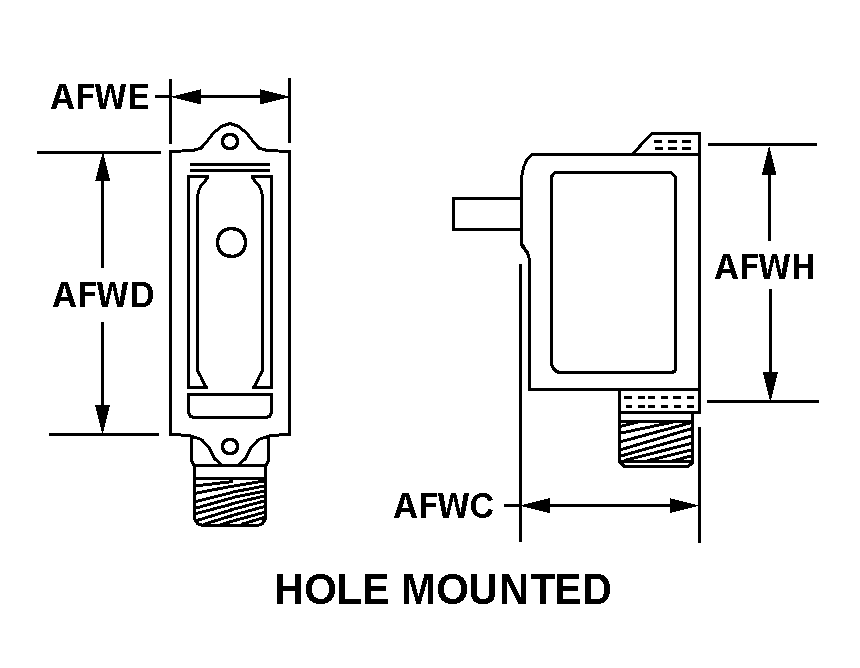
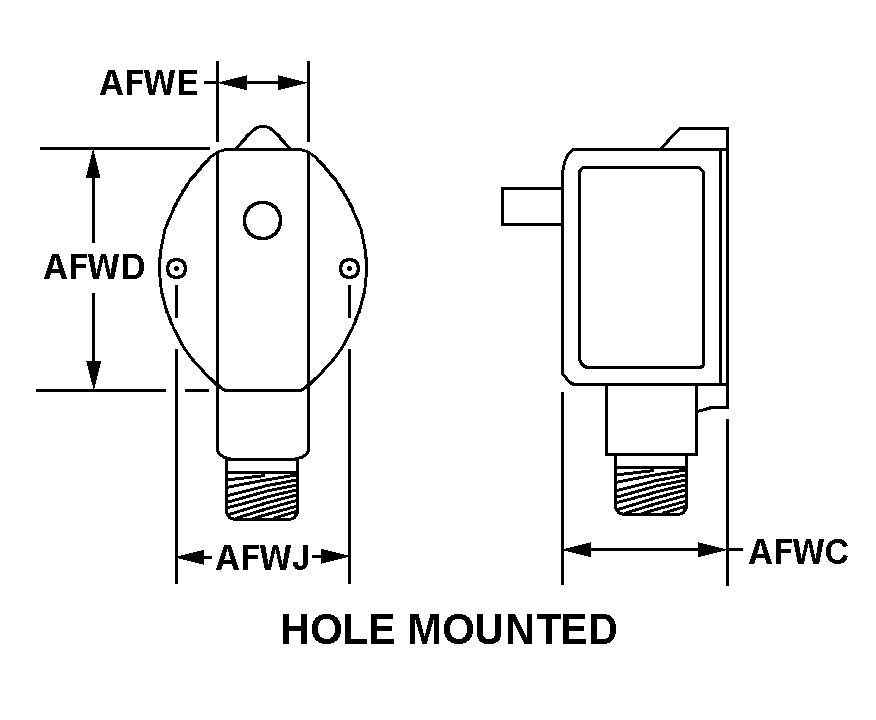
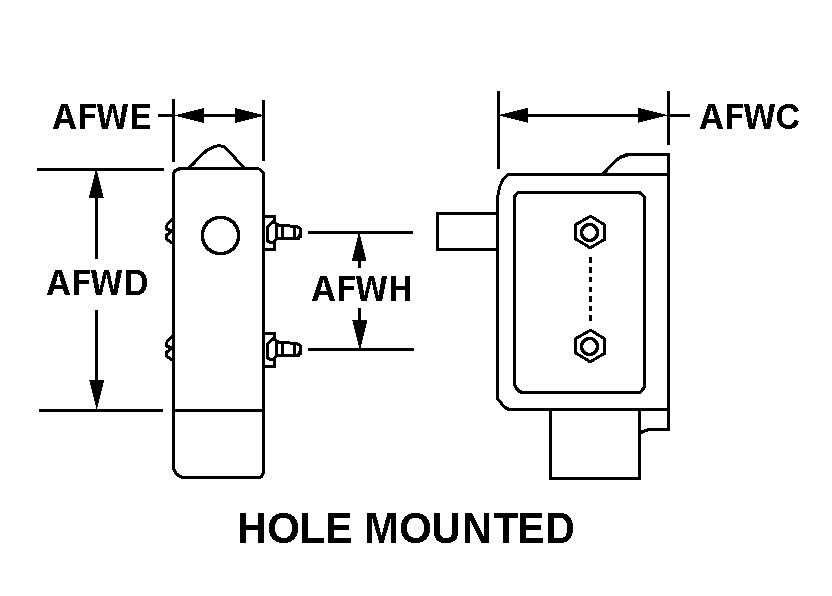
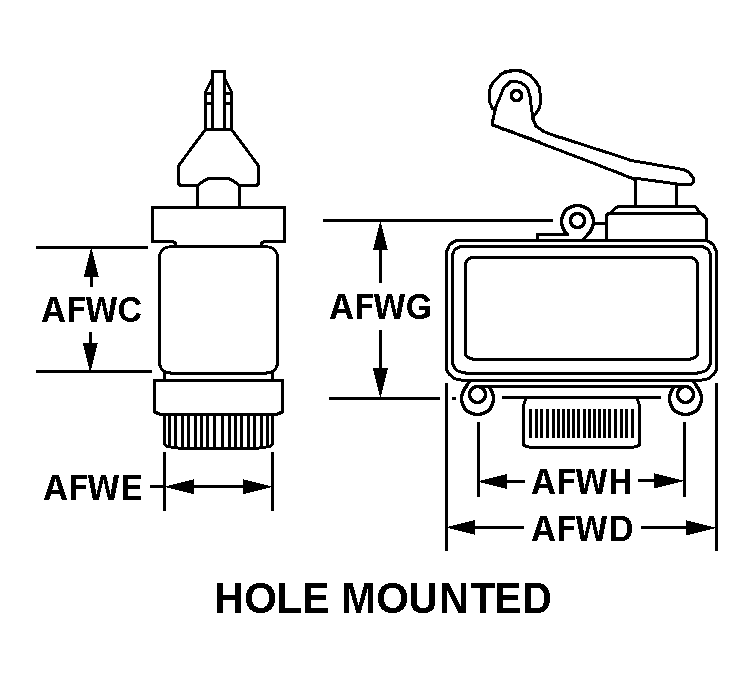
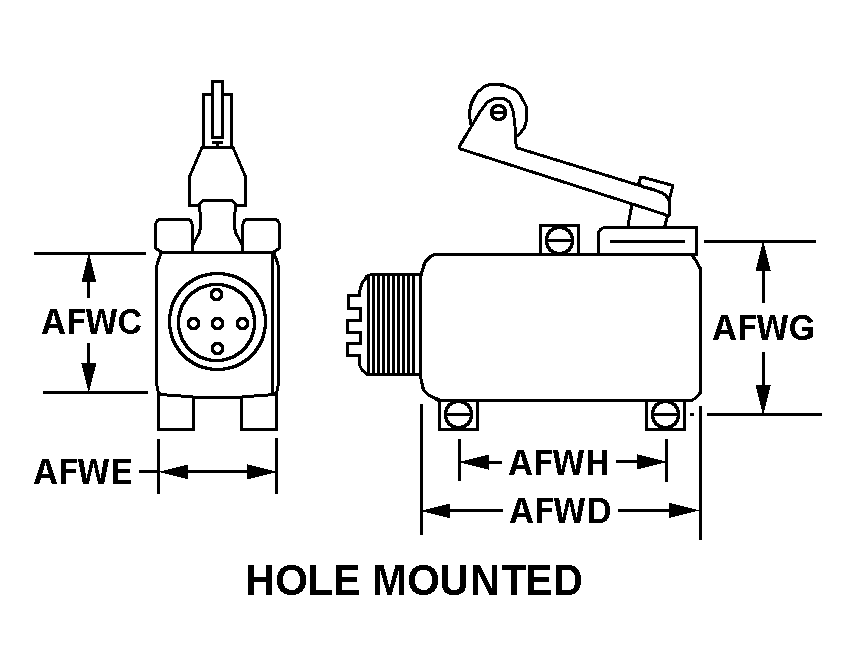
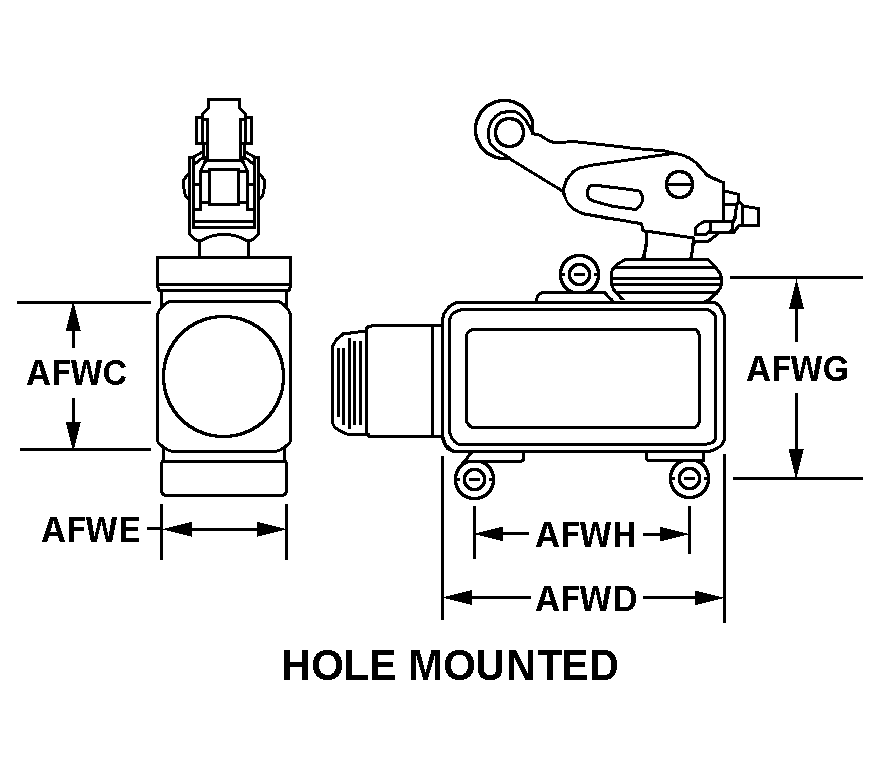

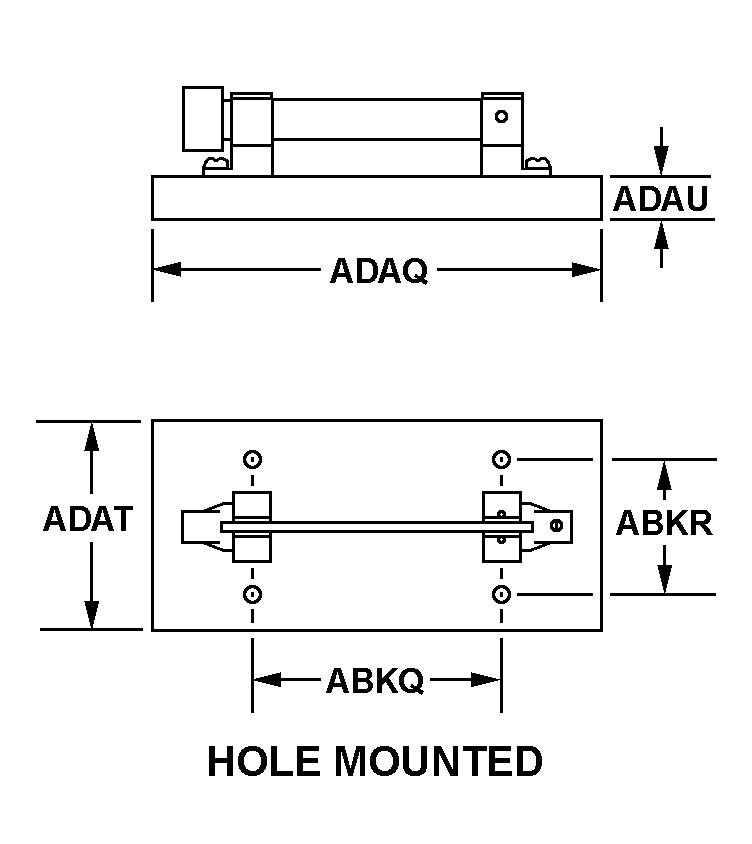
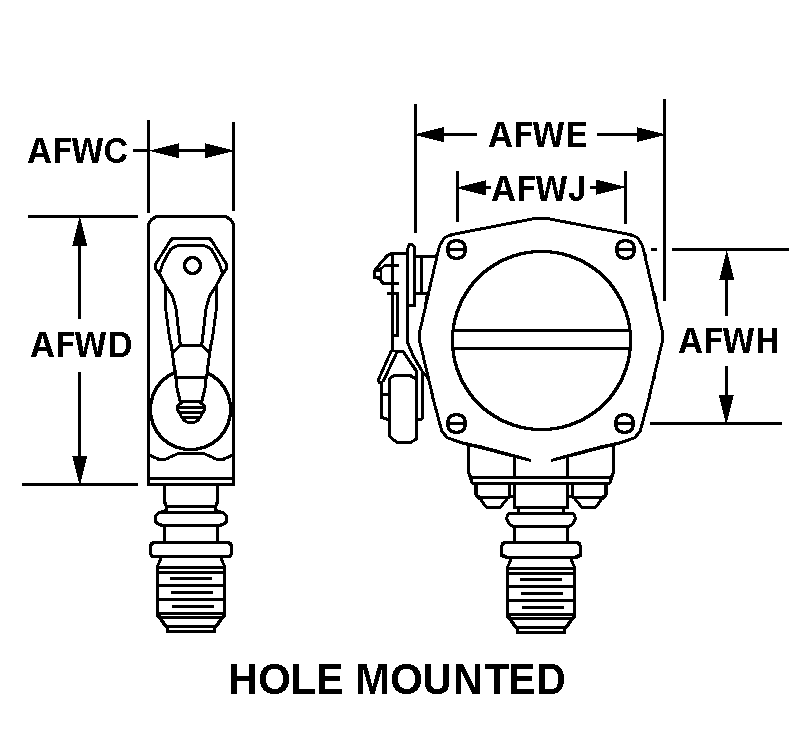
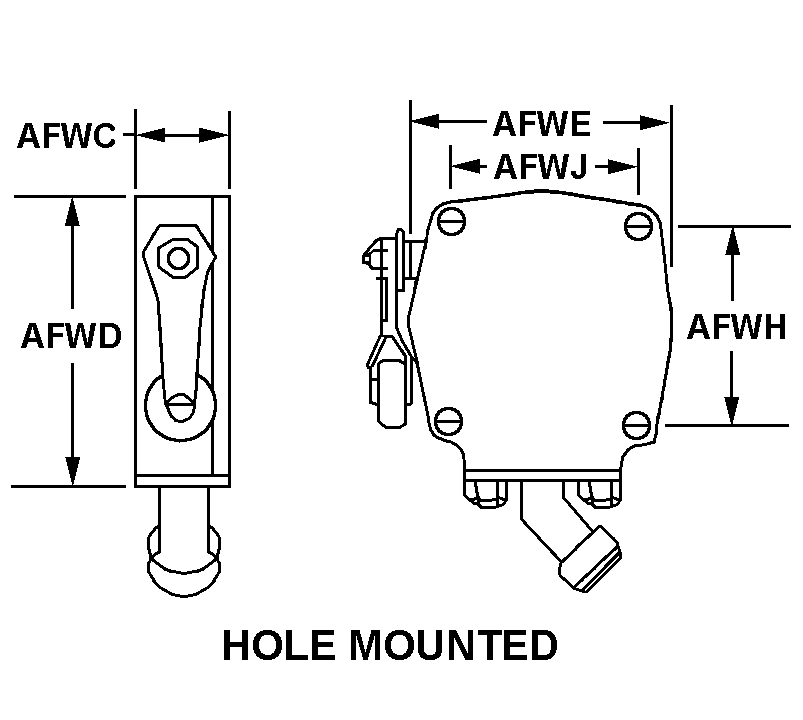
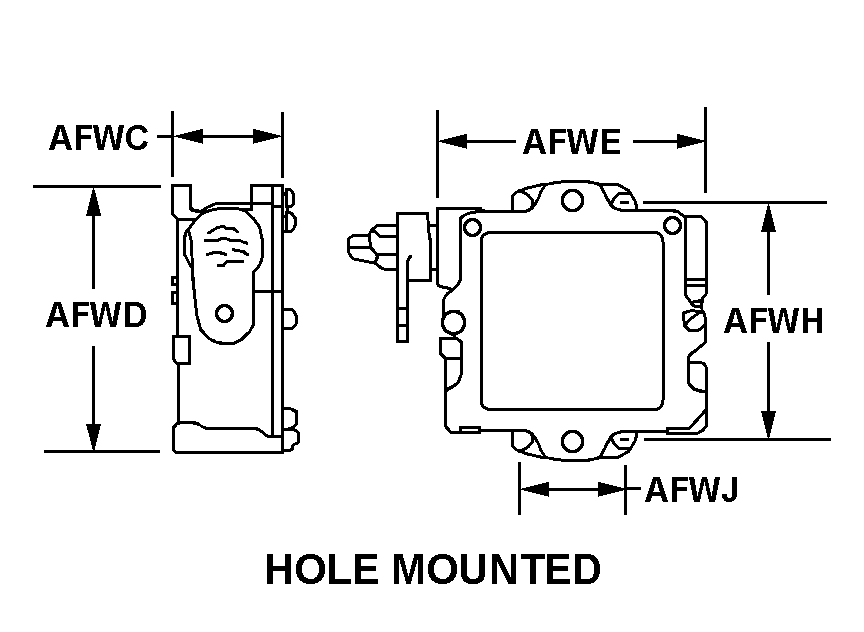
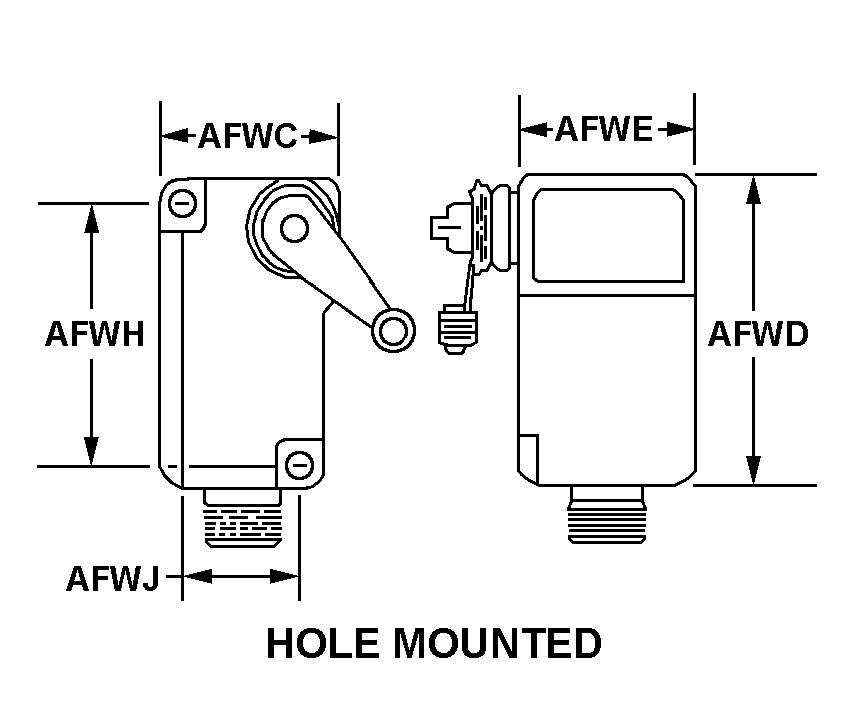

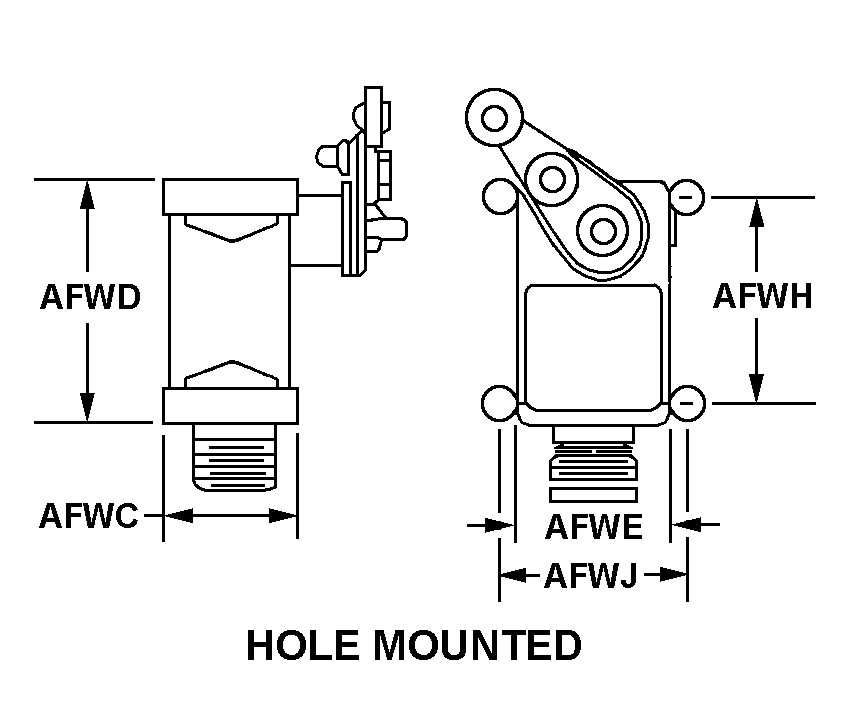
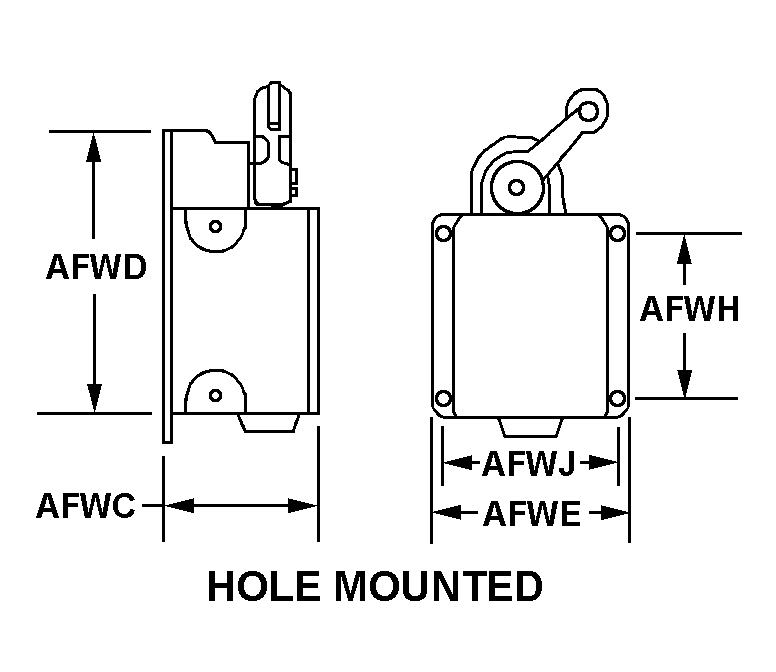

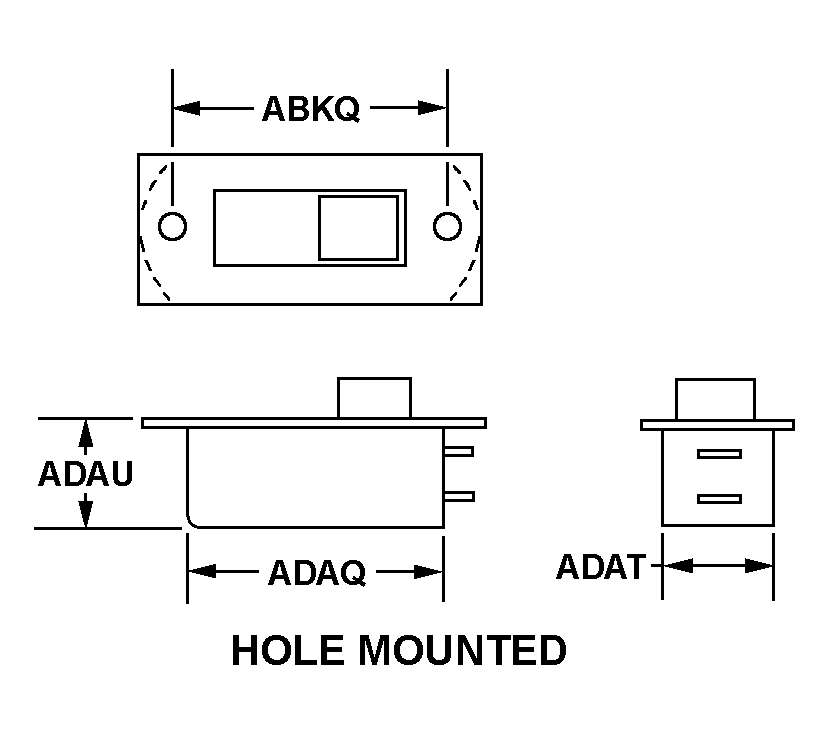
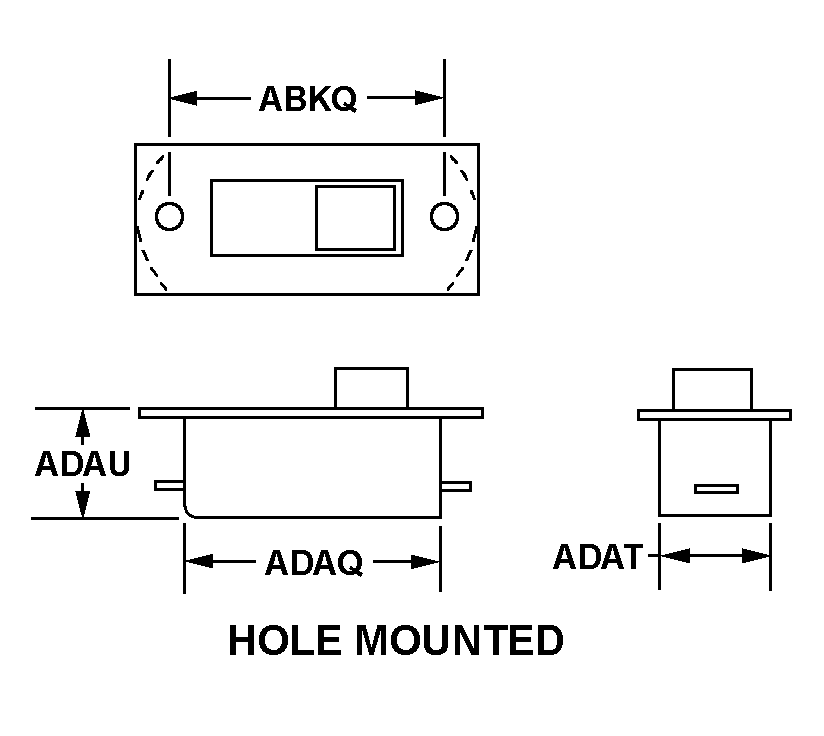
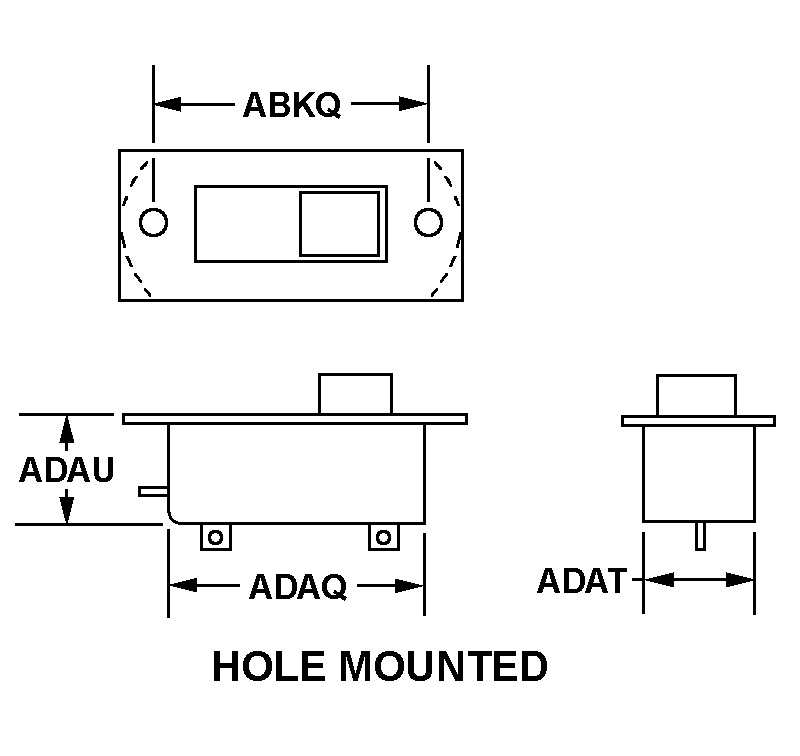
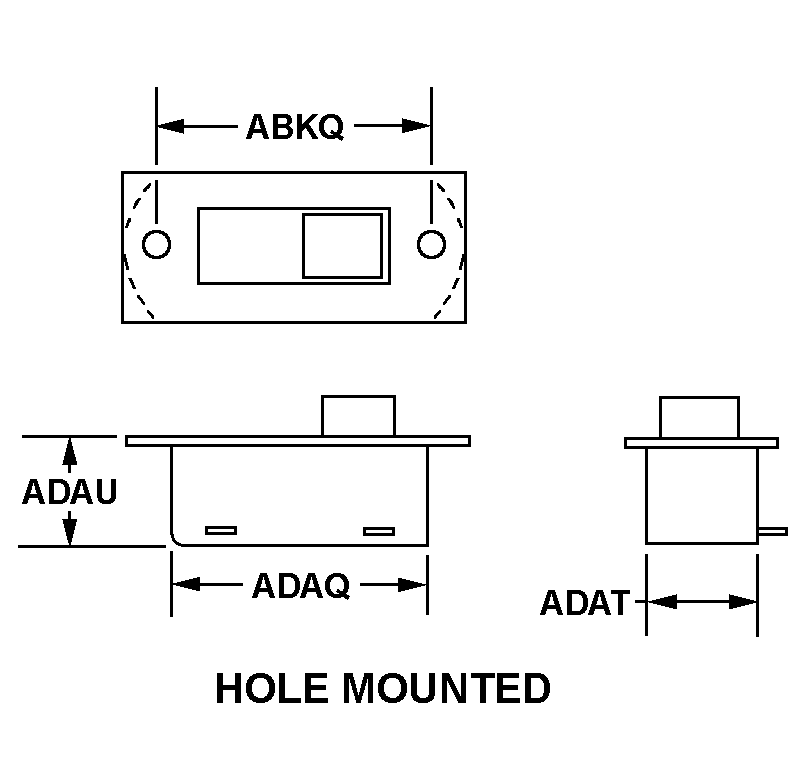
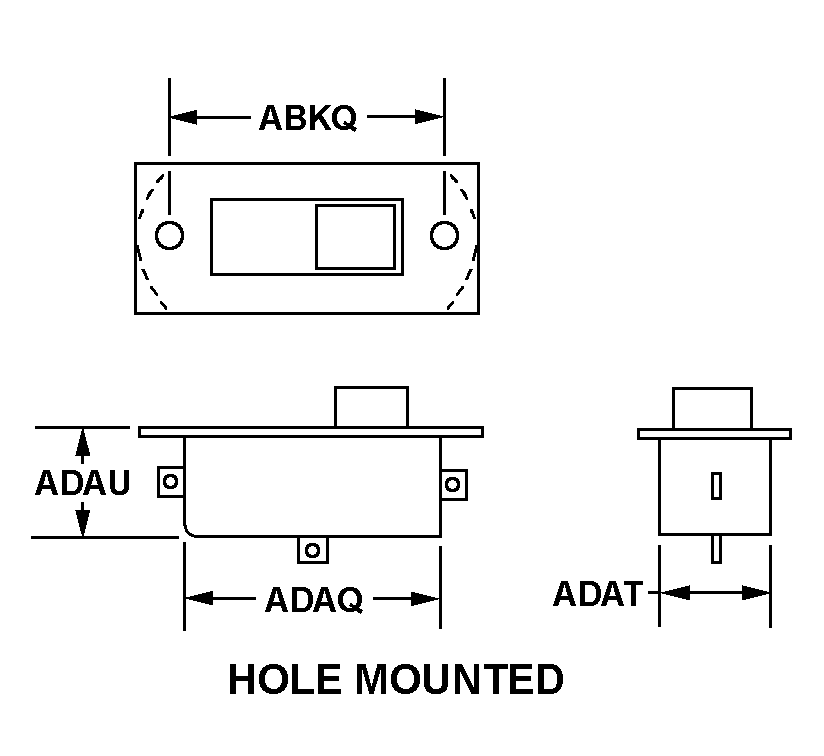
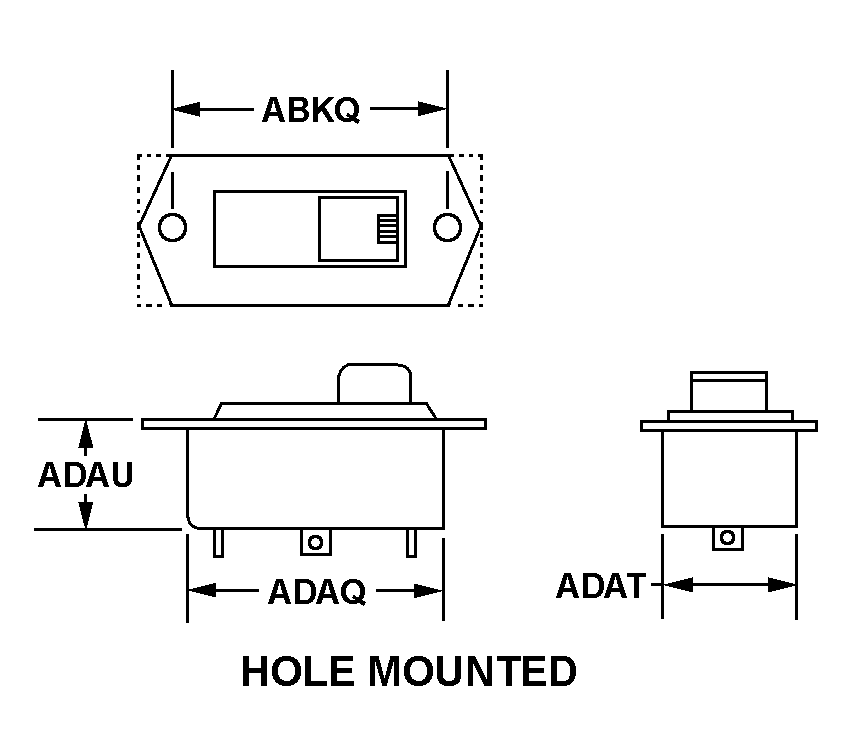
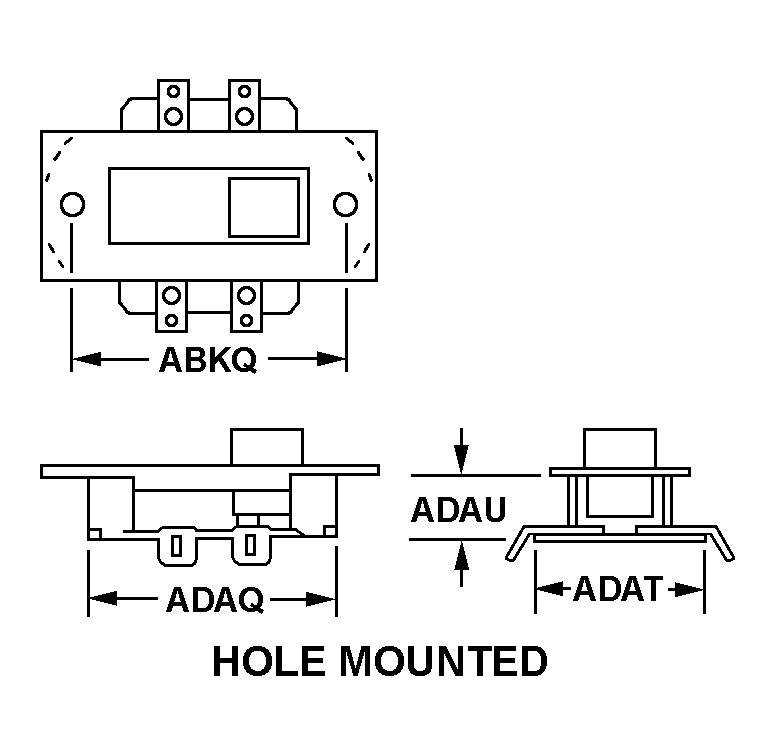
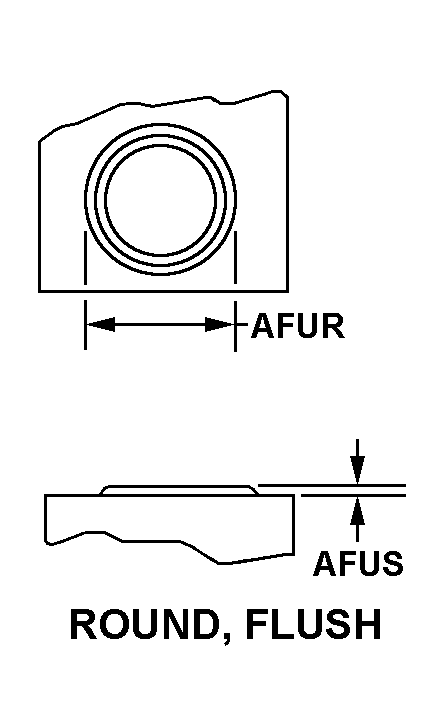
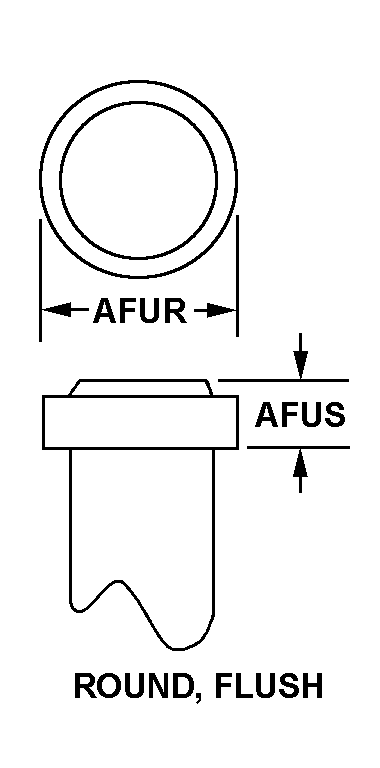
Definition Definition of approved item name (AIN): "SWITCH,SENSITIVE"
A switch with a quick-acting mechanism actuated by a highly delicate tactile contact. Includes membrane switch. excludes switch, flexible; switch, pressure; and switch, thermostatic.
5930-01-596-2813 Material Hazmat, Precious Metals, Criticality, Enviroment, and ESD
Indicates there is no information in the hmirs. The nsn is in a fsc in table ii of fed std 313 and a msds may be required by the user. The requirement for a msds is dependent on a hazard determination of the supplier or the intended end use of item.
Item does not contain precious metal.
No known electrostatic discharge (esd) or electromagnetic interference (emi) sensitivity.
Represents items with no adp components
The item does not have a nuclear hardened feature or any other critical feature such as tolerance, fit restriction or application.
Identification Codes
HMIC: Hazardous Material Indicator Code. A one position code that identifies a hazardous item.
PMIC: Precious Metal Indicator Code. A one position code which identifies items that have precious metals as part of their content. precious metals are those metals generally considered to be uncommon, highly valuable, and relatively superior in certain properties such as resistance to corrosion and electrical conductivity.
ESD: Electrostatic Discharge. Indicates if an item is susceptible to electrostatic discharge or electromagnetic interference damage. electrostatic discharge damage occurs when an accumulation of static electricity generated by the relative motion or separation of materials is released to another item by direct contact. electromagnetic interference damage occurs when an item comes into proximity with an electrostatic or magnetic field.
ENAC: Enviromental Attribute Code. Identifies items with environmentally preferred characteristics.
CRITL: Criticality Indicator Code. Indicates an item is technically critical by tolerance, fit, application, nuclear hardness properties, or other characteristics.






